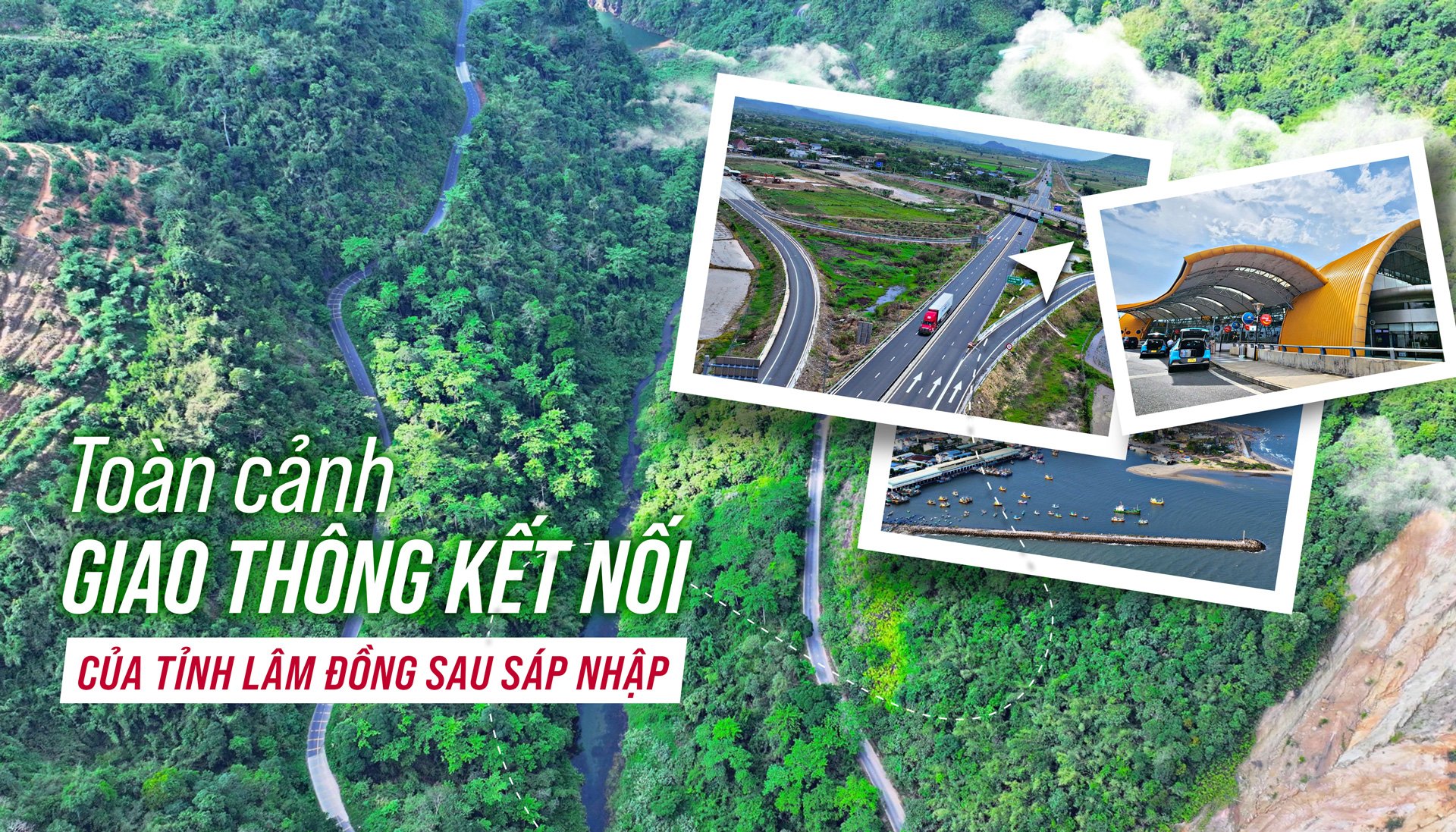 |
 |
Binh Thuan province is a locality with a relatively comprehensively developed transport infrastructure with a diverse and seamless traffic system. In particular, with its geographical advantage of a 192 km long coastline, Binh Thuan has 4 main port areas including: Phan Thiet, Phu Quy, Vinh Tan (already in operation) and Son My (in the planning and investment calling phase).
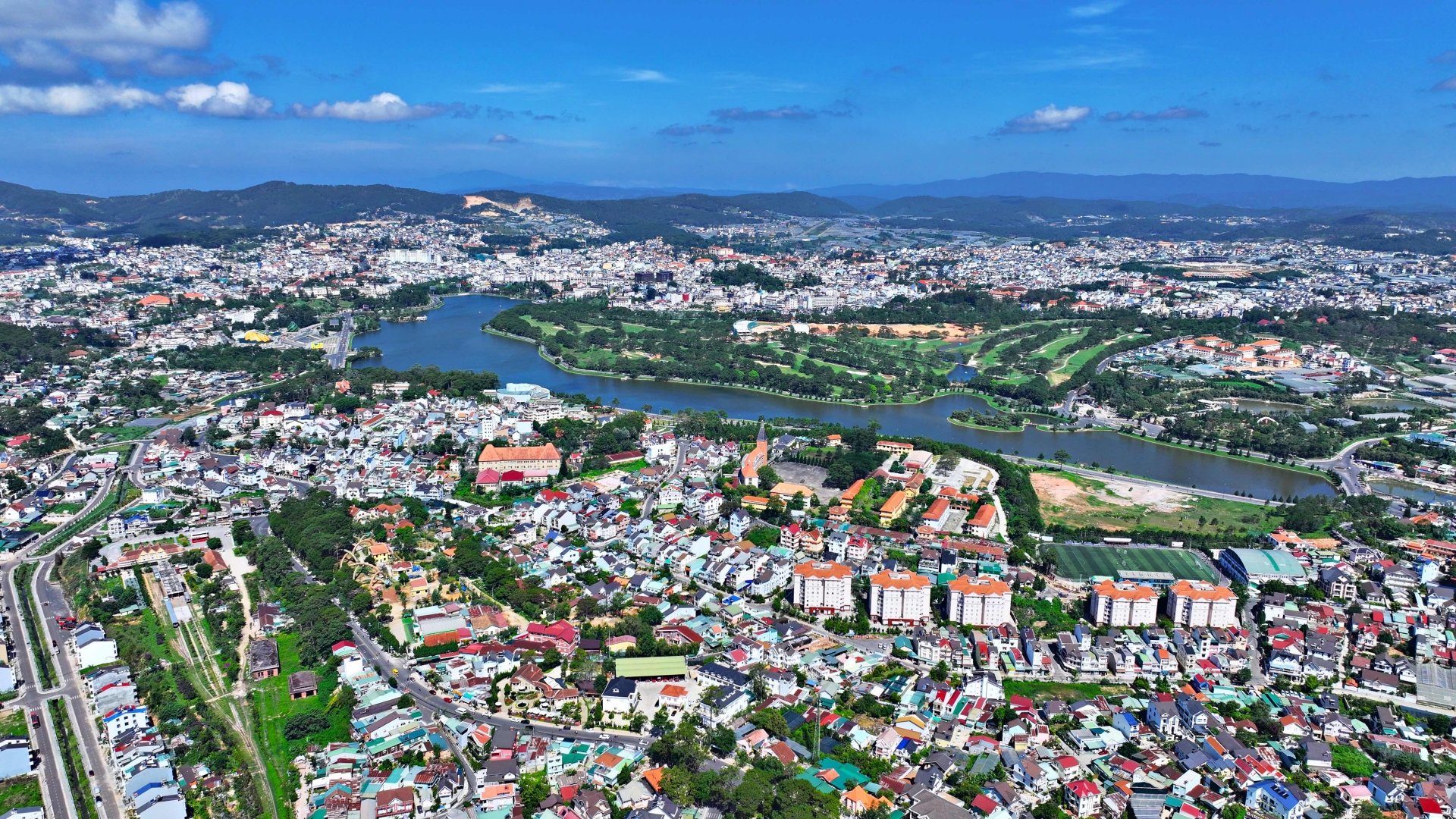 |
| Da Lat city will be the administrative and political center of Lam Dong province after the merger. |
Regarding roads, the most prominent is the 160 km long North-South expressway passing through most districts in the province, which has been completed and put into use since 2023, along with about 180 km of the North-South railway and Phan Thiet Airport - a military-civilian airport that is in the process of applying for investment policy for construction, expected to be completed in 2026.
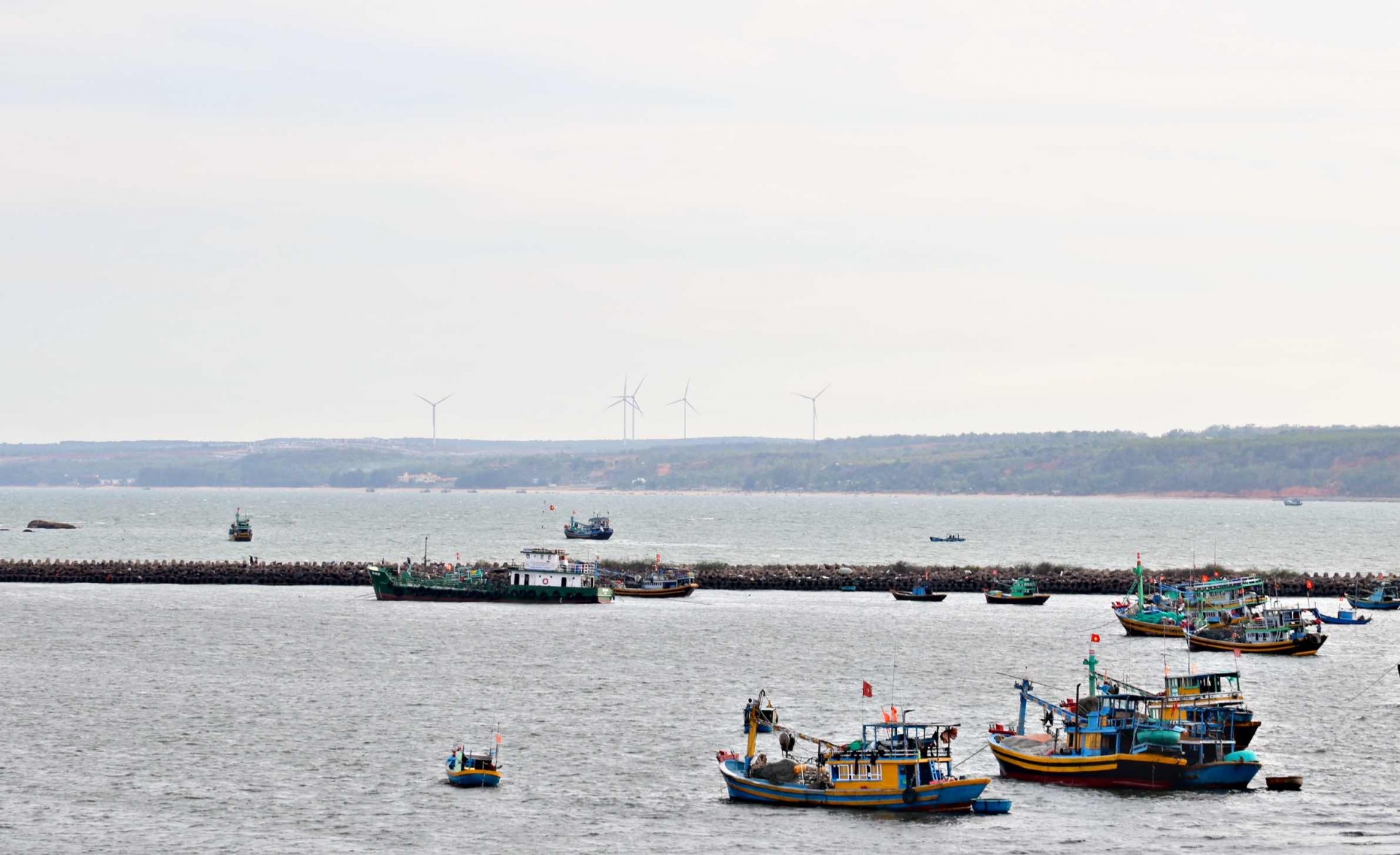 |
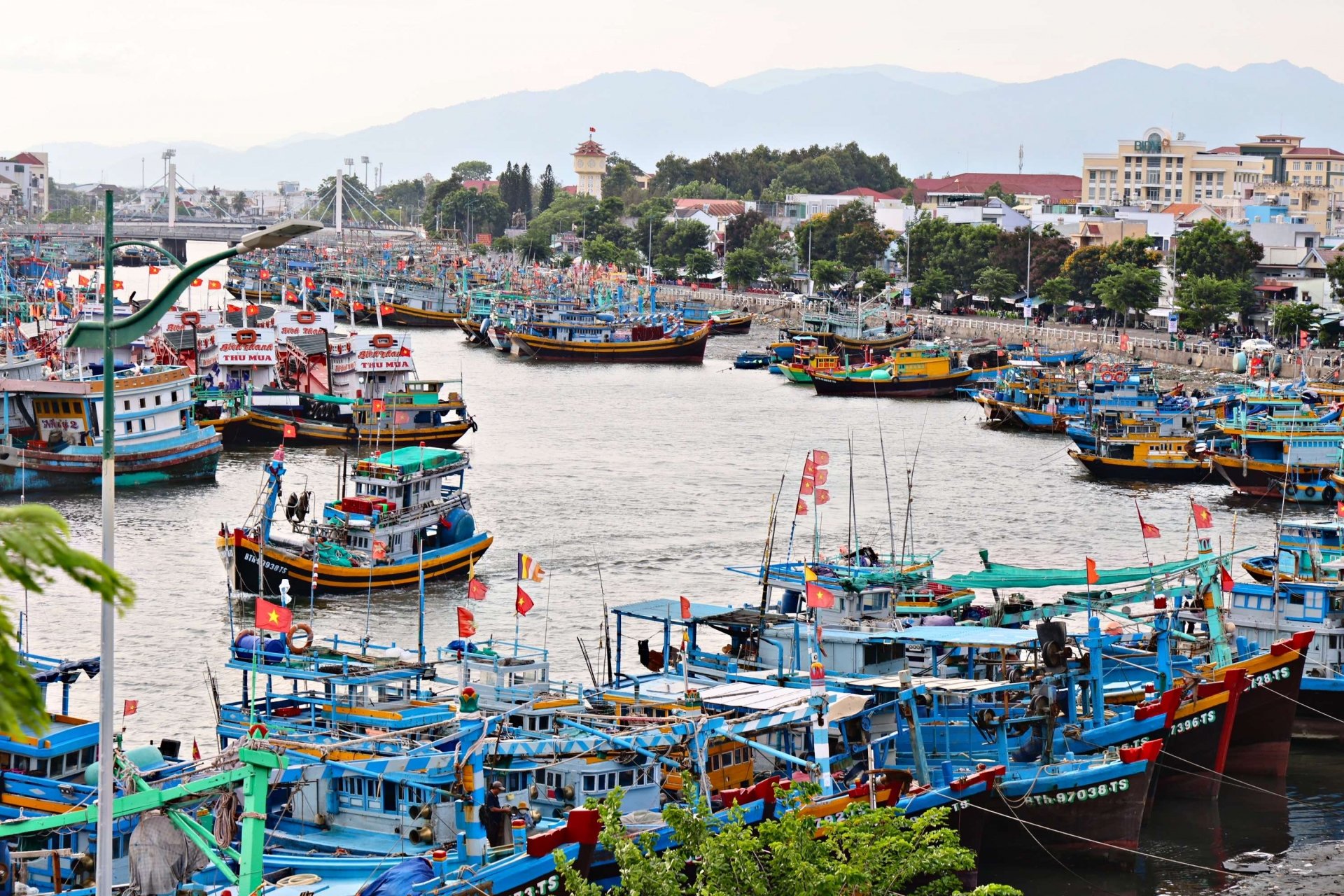 |
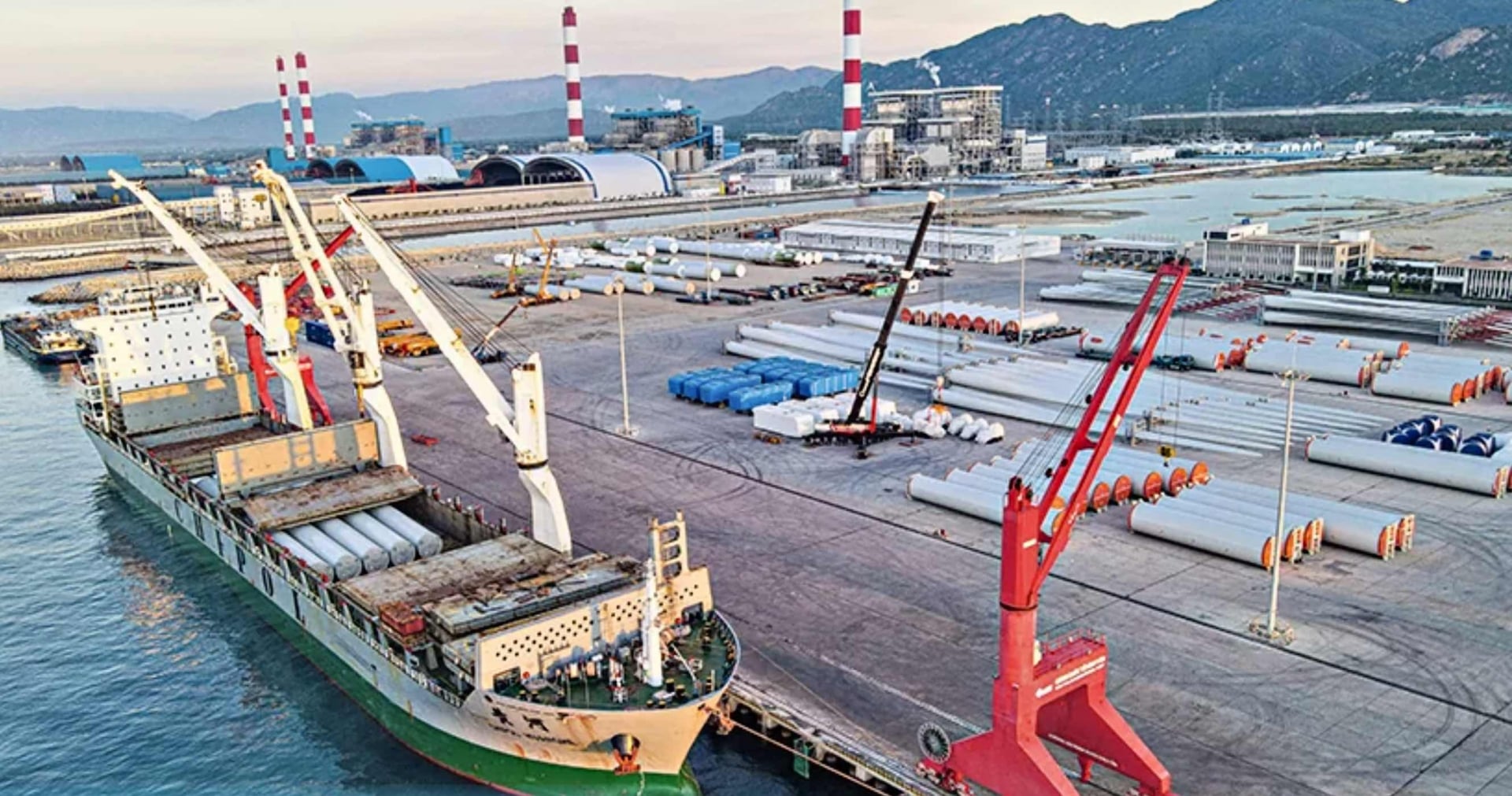 |
For foreign traffic, Binh Thuan relies on 4 main national highways, including: National Highway 1, 55, 28, 28B with a total length of more than 632 km. After the Dau Giay - Phan Thiet expressway was put into operation, along with its strong potential for sea tourism, Binh Thuan gradually became the center of the "golden quadrilateral" of tourism in the South.
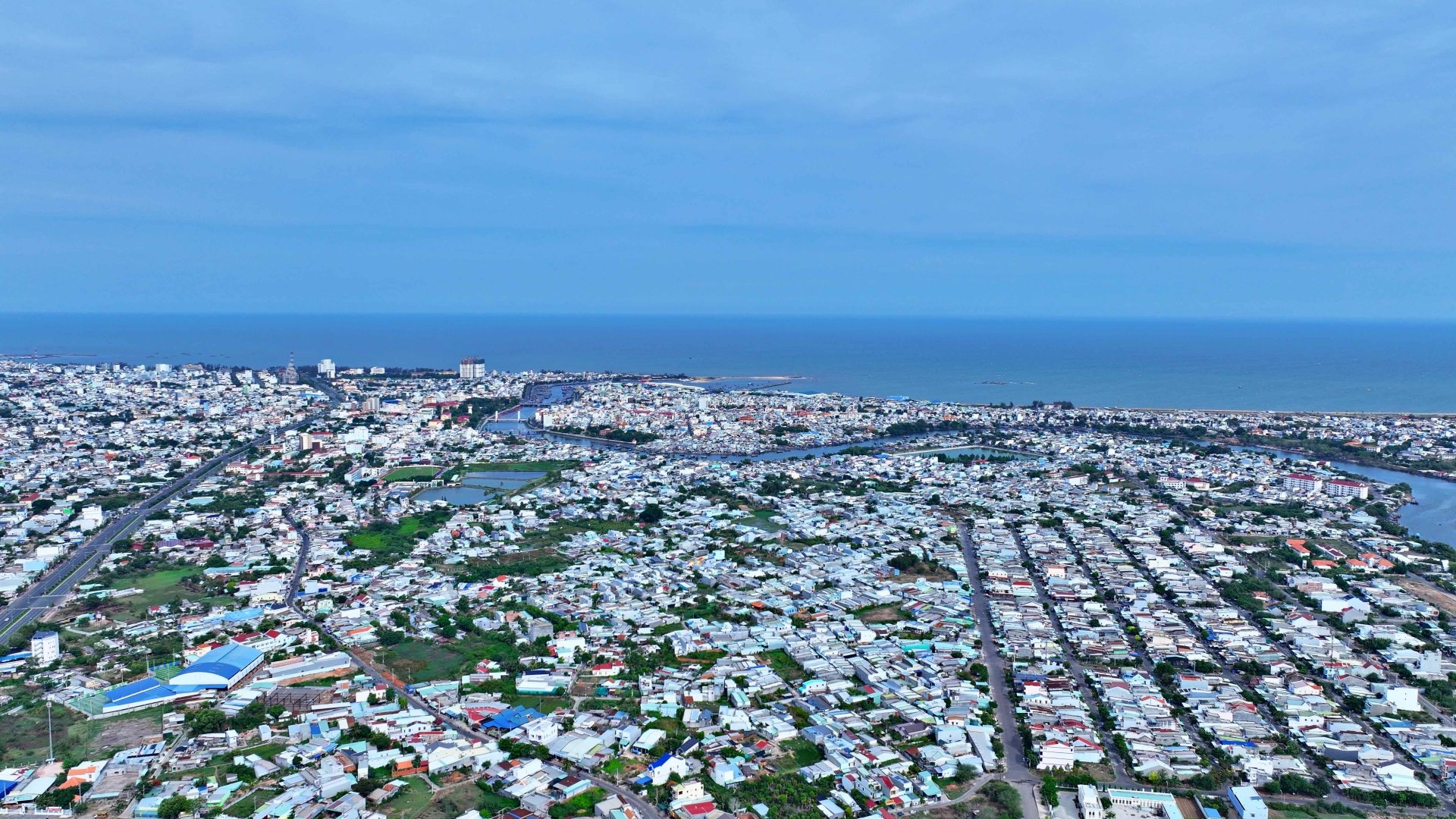 |
| From the center of Phan Thiet City, Binh Thuan Province, travel along National Highway 1A, National Highway 28B and National Highway 20 to Da Lat City, about 156 km long. |
Meanwhile, Lam Dong province is a major economic and tourism center of the Central Highlands region and also has a relatively developed transportation system. The whole province has about 9,300 km of roads, including 19 km of expressways, 507 km of national highways, nearly 700 km of provincial roads...
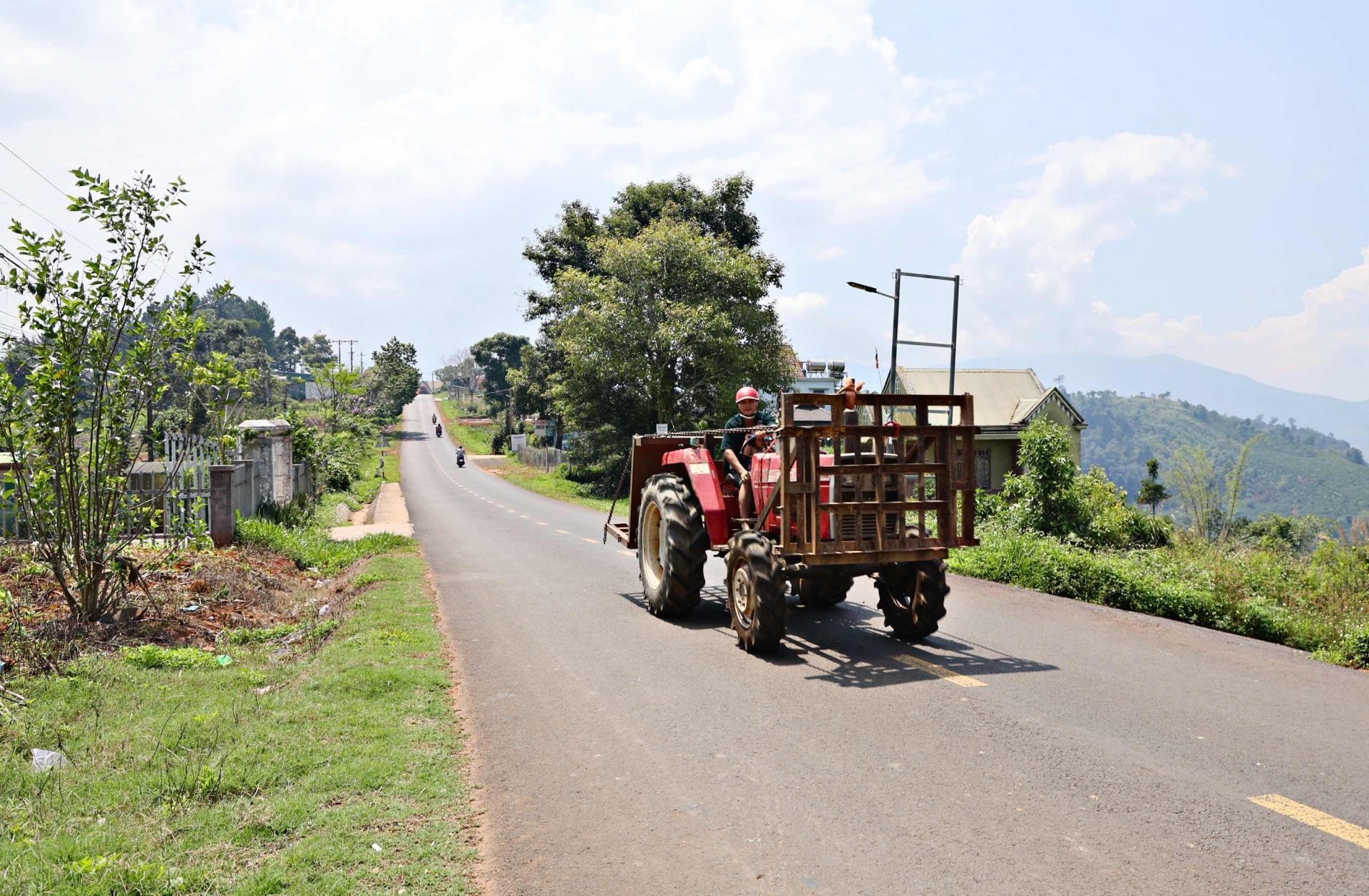 |
 |
| National Highway 20, the main route connecting Lam Dong to Dong Nai, Binh Phuoc, Ba Ria-Vung Tau and Ho Chi Minh City |
The main arterial road is National Highway 20, nearly 150 km long, passing through most districts and cities, which is an important connecting route between Lam Dong and the Southeast region and Ho Chi Minh City. In addition, Lam Dong also has backbone routes such as National Highway 55, National Highway 27, 27C, 27B connecting with the coastal provinces in the Southeast.
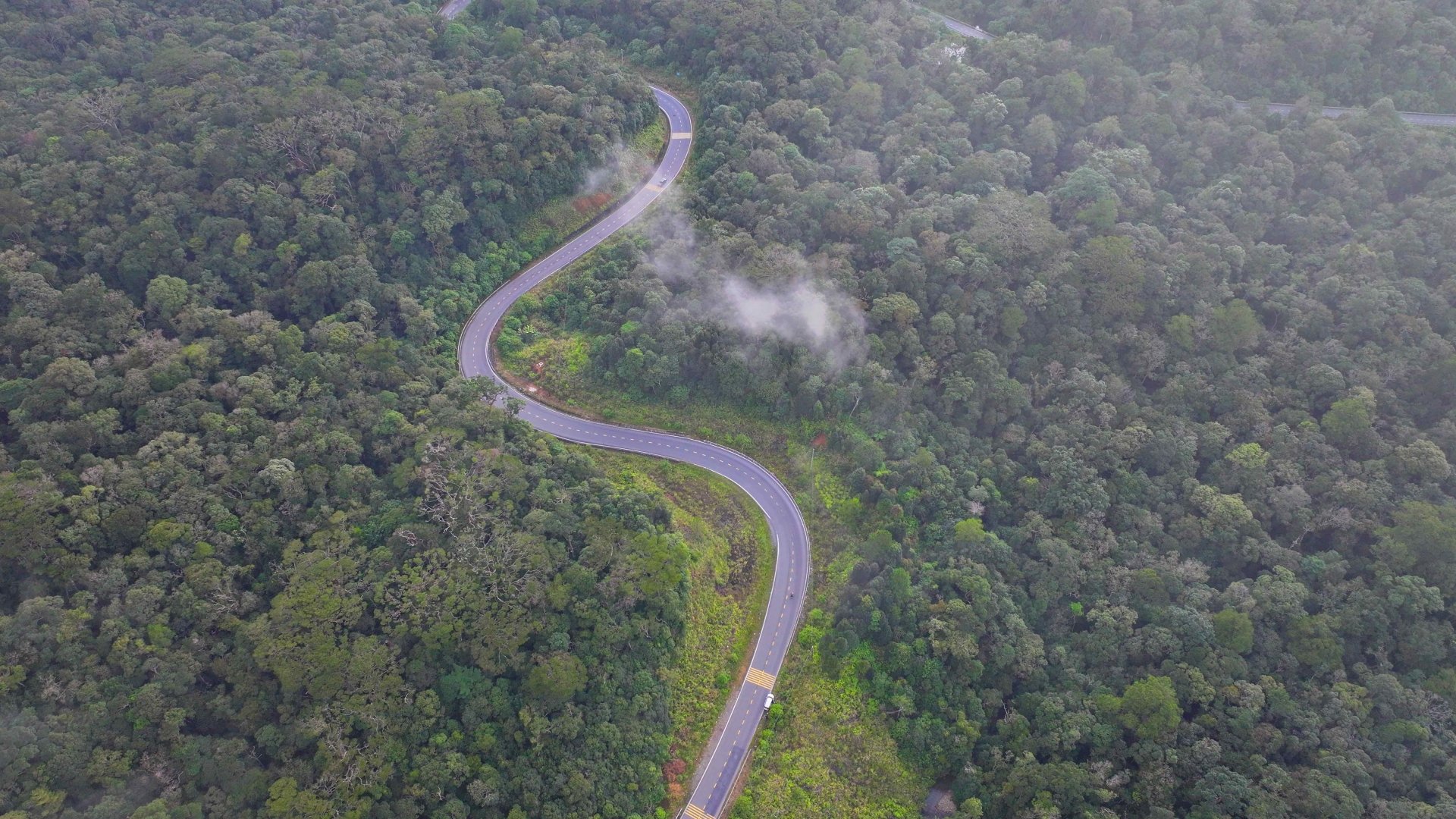 |
| Lam Dong and Khanh Hoa are agreeing on a proposal to submit to the Government to build a highway connecting Nha Trang City and Da Lat City. In the photo, a section of Khanh Le Pass, the road connecting the two provinces, passes through Lam Dong Province. |
Regarding air routes, Lien Khuong - the first international airport in the Central Highlands region is an extremely important traffic hub contributing to the development of tourism in the Central Highlands region and especially connecting the center of Da Lat city, Lam Dong province at present and in the future to domestic and international localities.
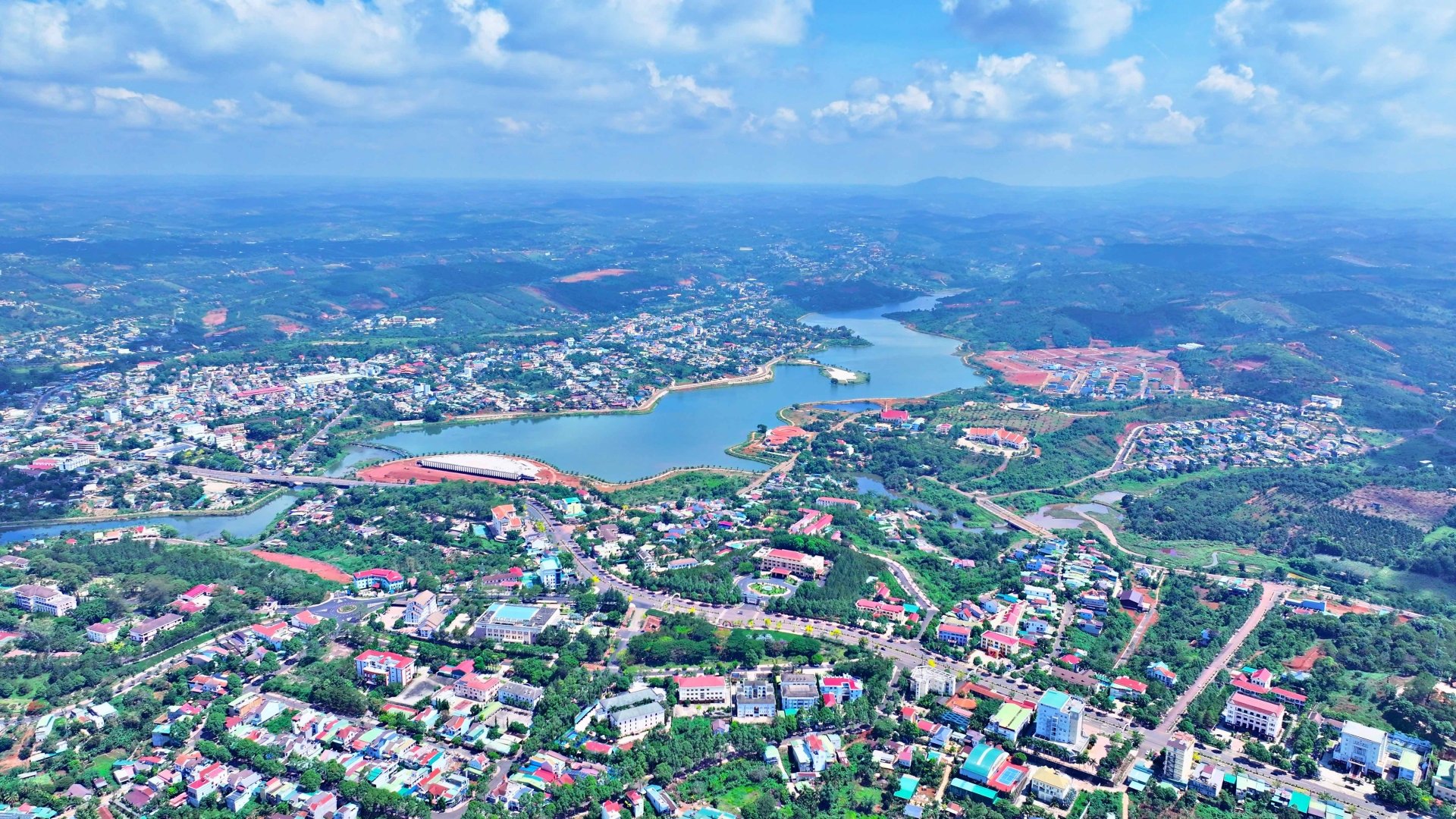 |
| The distance from Gia Nghia City center (Dak Nong province) to Da Lat City (Lam Dong province) along National Highway 28 and National Highway 20 is about 180 km long. |
Dak Nong is a newly established province, so its transport infrastructure is considered quite modest, with the main mode of transport being road. Dak Nong has about 4,700 km of roads; of which, nearly 500 km are national highways and 226 km are provincial roads. Although the transport system is not yet rich, the quality of transport infrastructure is gradually improving. The rate of asphalted roads in Dak Nong by the end of 2024 will reach 72.5%.
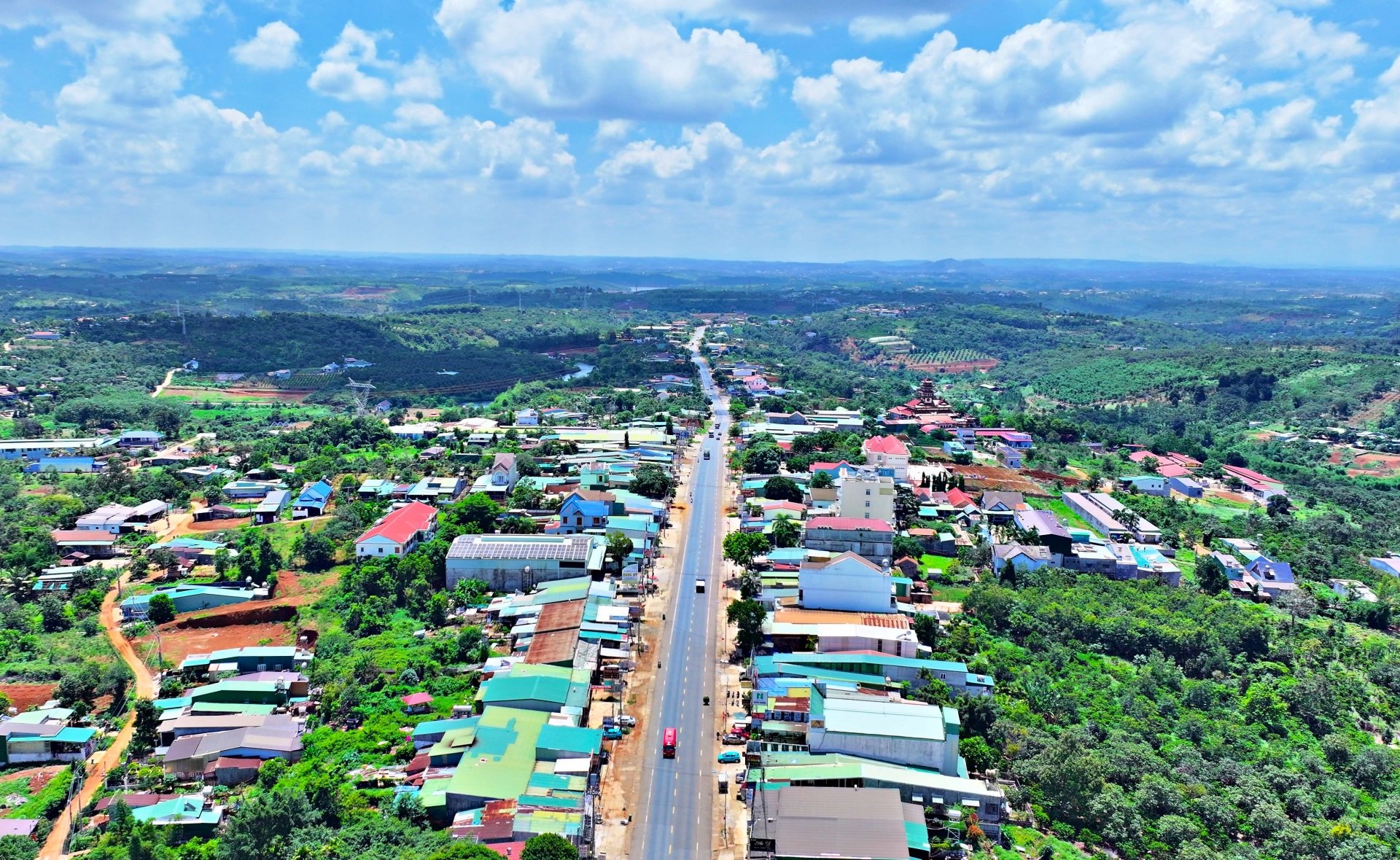 |
| National Highway 14, the main route of Dak Nong province to Binh Phuoc, Ho Chi Minh City today |
In particular, the backbone traffic infrastructure has 3 main national highways with a total length of 310 km. These are National Highway 14 running through most districts in the province (except Krong No) with a length of 155 km, connecting Dak Nong province with provinces in the Central Highlands and with the southern provinces; National Highway 14C passing through Dak Mil, Dak Song and Dak R'Lap districts (going to Buk Prang border gate) with a length of 98 km; National Highway 28 connecting Dak Nong province with Lam Dong province and the central provinces, the section passing through Dak Nong province with a length of 58 km.
In addition, Dak Nong has 6 provincial roads with a total length of 318 km. In particular, Dak Mil and Cu Jut districts have a 130 km border with Cambodia.
 |
After the merger, Lam Dong province has an area of over 24,200 km2 and a population of over 3.3 million people. With the largest area in the country and the 8th largest population compared to other provinces after the merger, Lam Dong province will have a large development space with the potential and strengths of both the highlands and coastal areas..., especially in tourism development and high-tech agriculture.
Based on the existing transport infrastructure, the new province has all the means of domestic and foreign transport connecting provinces, cities and economic zones conveniently, including: air, road, rail and sea. This is the driving force for the strong growth and socio-economic development of the locality in the future.
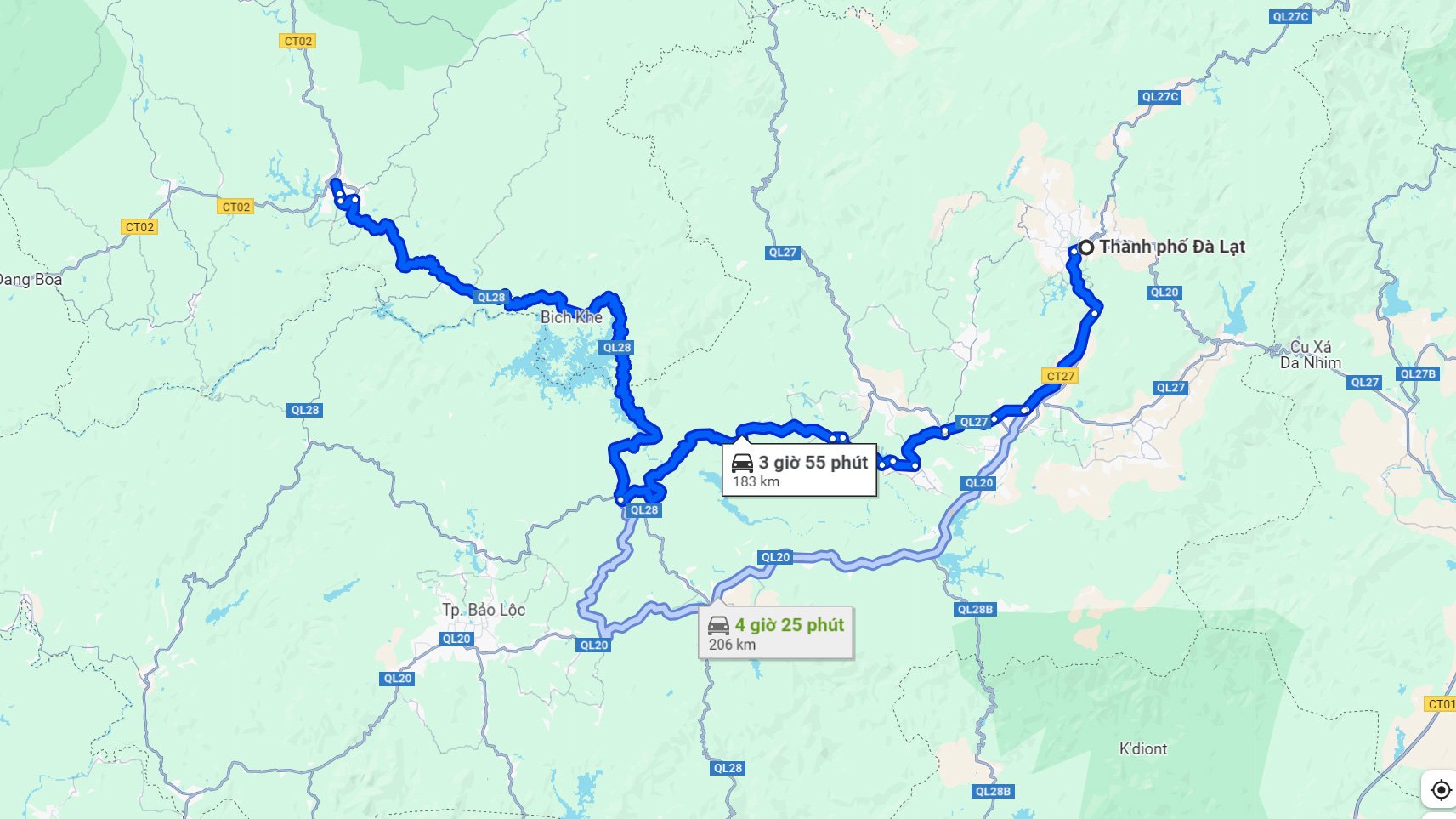 |
| Da Lat - Lam Dong => Gia Nghia - Dak Nong |
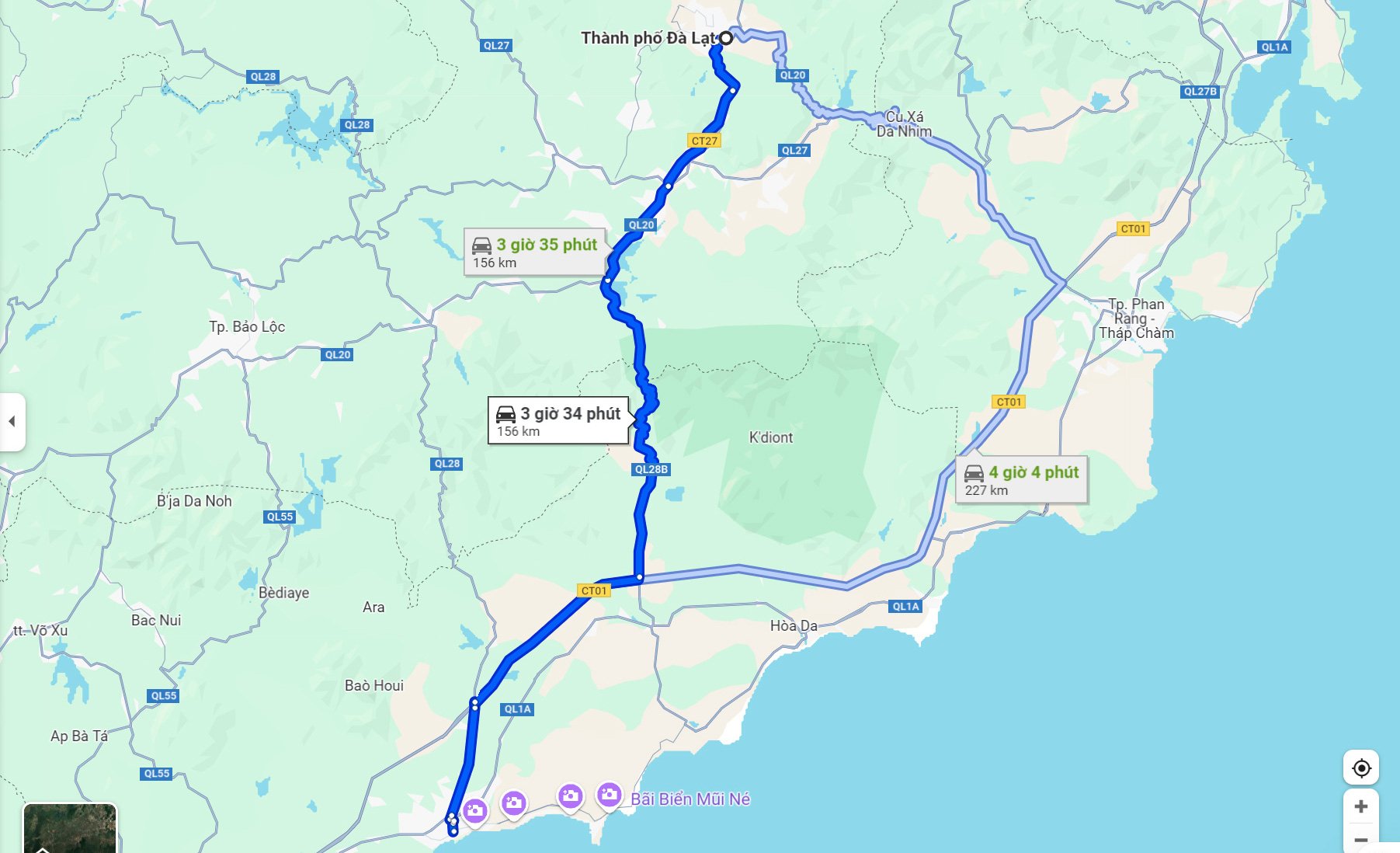 |
| Da Lat - Lam Dong => Phan Thiet - Binh Thuan |
 |
| Gia Nghia - Dak Nong => Phan Thiet - Binh Thuan |
Currently, Da Lat City (the center of Lam Dong Province) is about 180 km from Gia Nghia City (the center of Dak Nong Province) and about 160 km from Phan Thiet City (the center of Binh Thuan Province). Meanwhile, Gia Nghia City is about 210 km from Phan Thiet City.
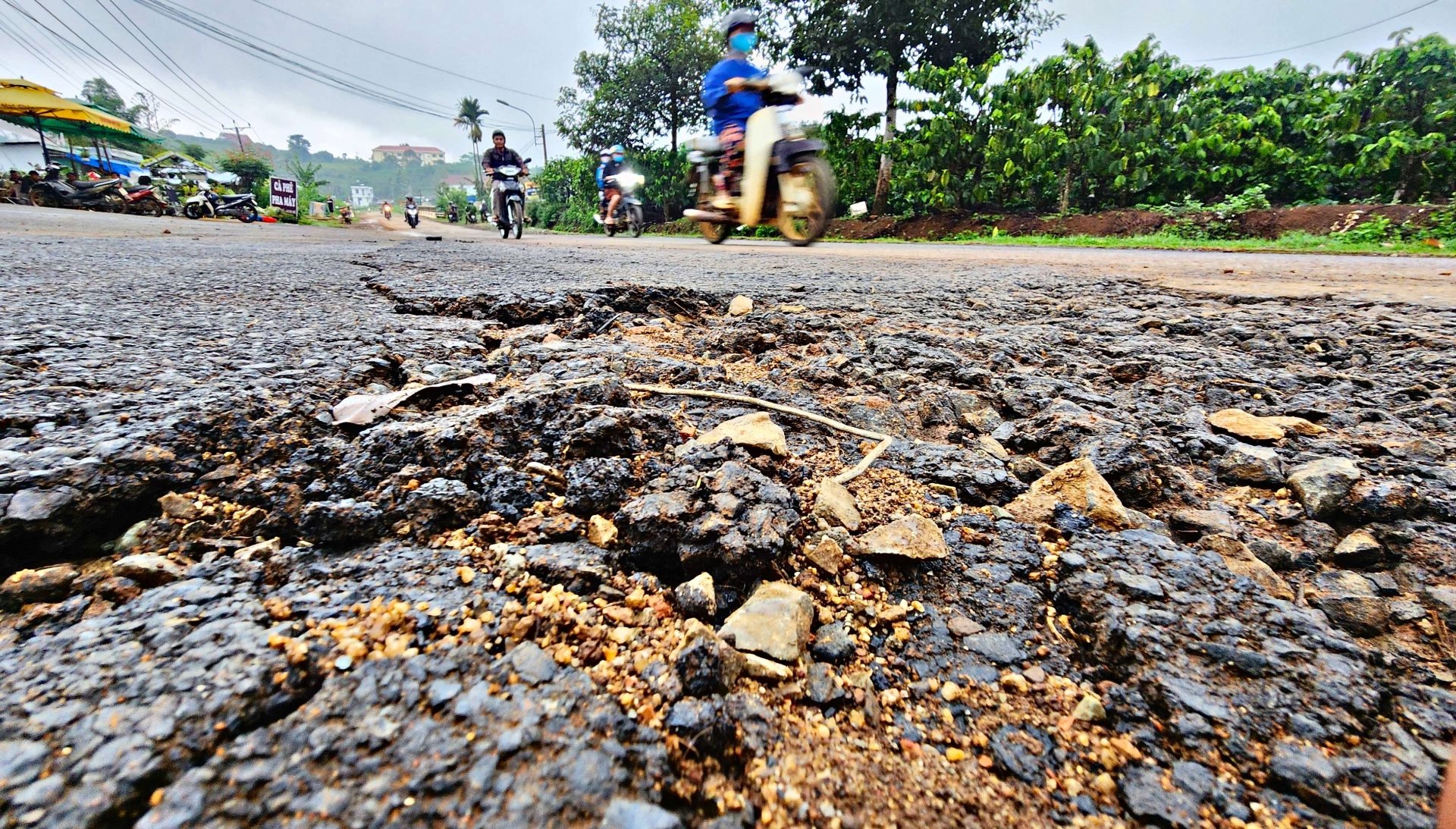 |
 |
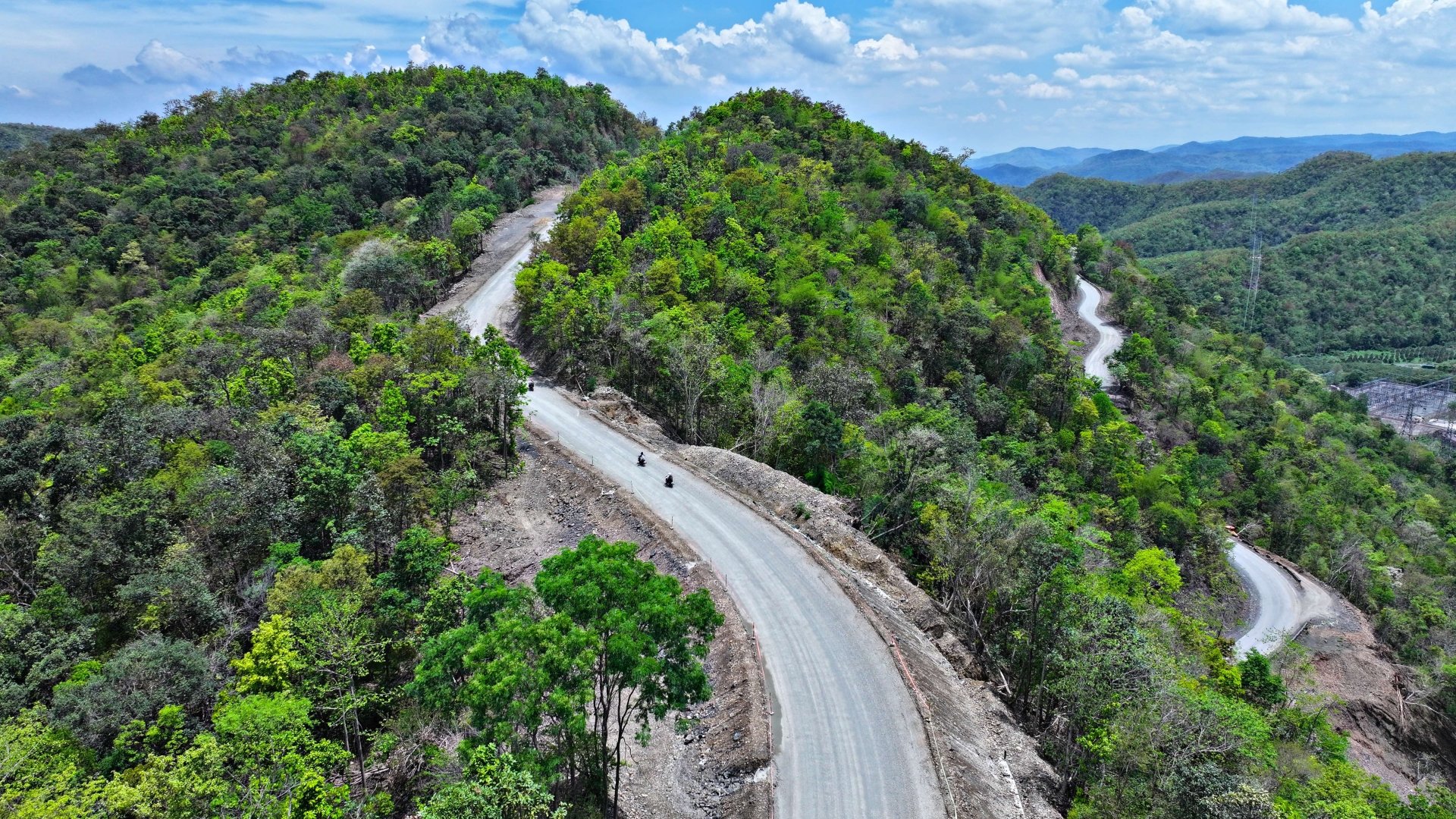 |
| Currently, the national highways connecting the three provinces are mainly rugged mountain passes, grade IV gauge roads in degraded mountainous areas, especially the sections in Lam Dong and Dak Nong provinces. |
Traffic connecting the three provinces is currently mainly through two main national highways. Firstly, National Highway 28 starts in Phan Thiet, Binh Thuan province (intersecting with National Highway 1A), runs through Di Linh district, Lam Dong province (intersecting with National Highway 20) and ends in Cu Jut district, Dak Nong province (intersecting with Ho Chi Minh road).
The entire route is 310.8 km long with the current scale being basically a grade IV mountainous road, with a 7.5 m wide roadbed and 5.5 m wide road surface; in which, some sections through urban areas and densely populated areas have been invested in upgrading and expanding to the scale of urban roads and grade III roads (mainly on the side of Binh Thuan province).
Second, National Highway 55 connects Ham Tan district to Ham Thuan Bac district, Binh Thuan province, passes through Bao Lam district, Bao Loc city, Lam Dong province (intersecting with National Highway 20); continues along provincial road DT.725, Bao Lam district and the road to Dong Nai 4 Hydropower Plant (planned as National Highway 55), connecting with National Highway 28 in Dak Glong district, Dak Nong province.
 |
In addition, between the two provinces of Binh Thuan and Lam Dong, there are many existing routes including: National Highway 28B starting from the intersection of Luong Son town (intersection with National Highway 1) to Bac Binh district, Binh Thuan province to Duc Trong district, Lam Dong province (intersection with National Highway 20).
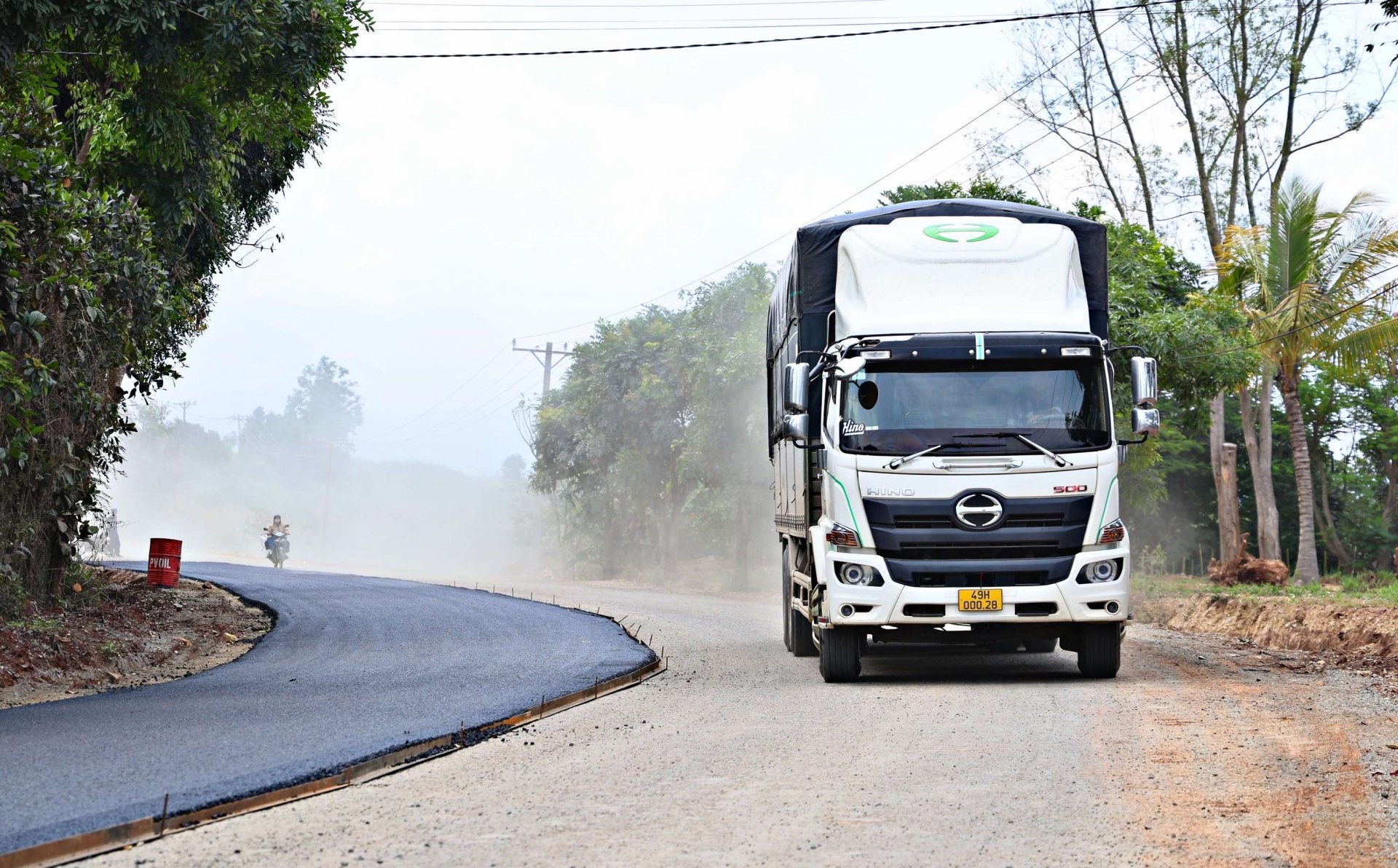 |
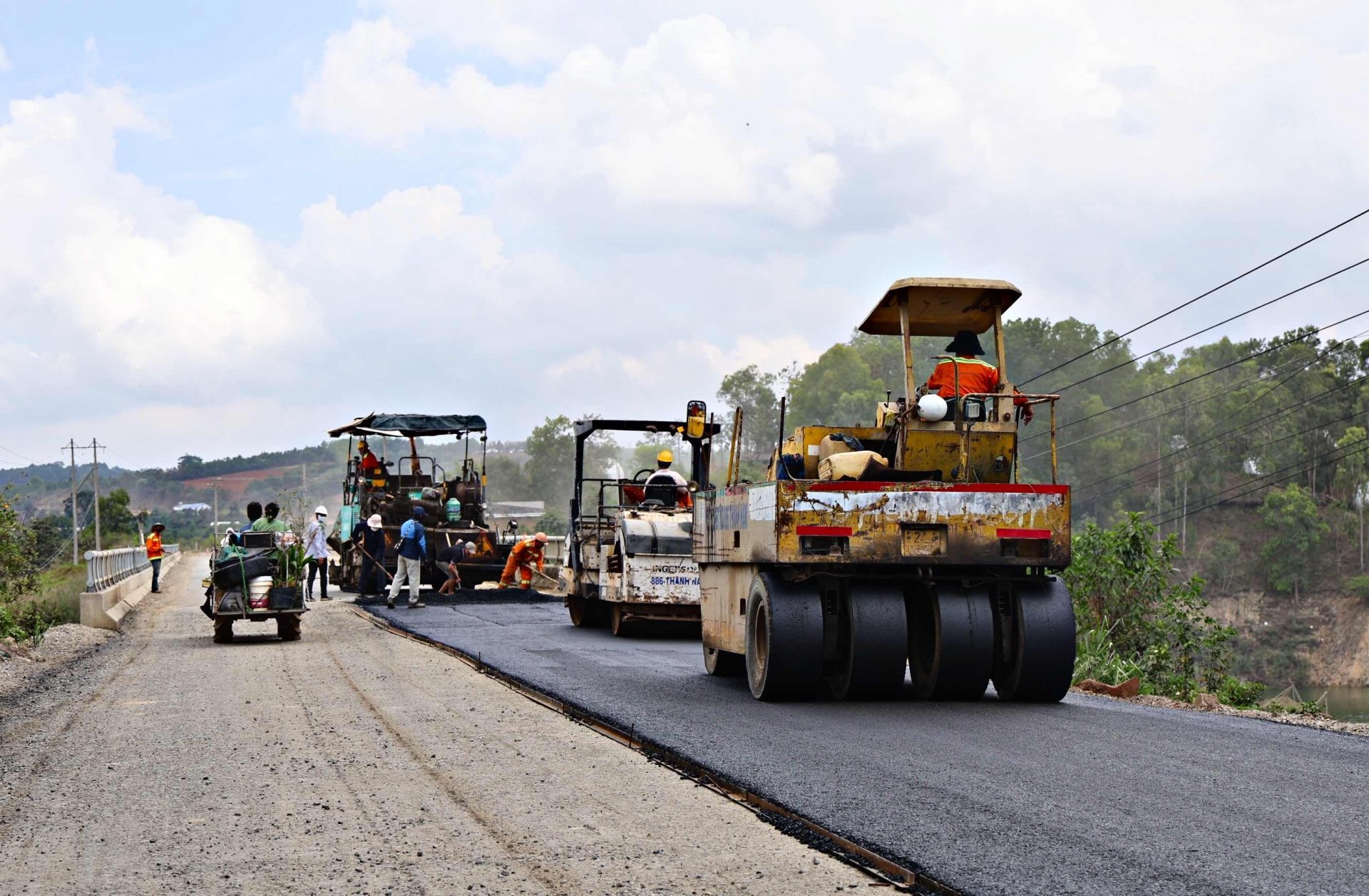 |
| Some sections of National Highway 28B through Duc Trong district, Lam Dong province have been paved with asphalt. |
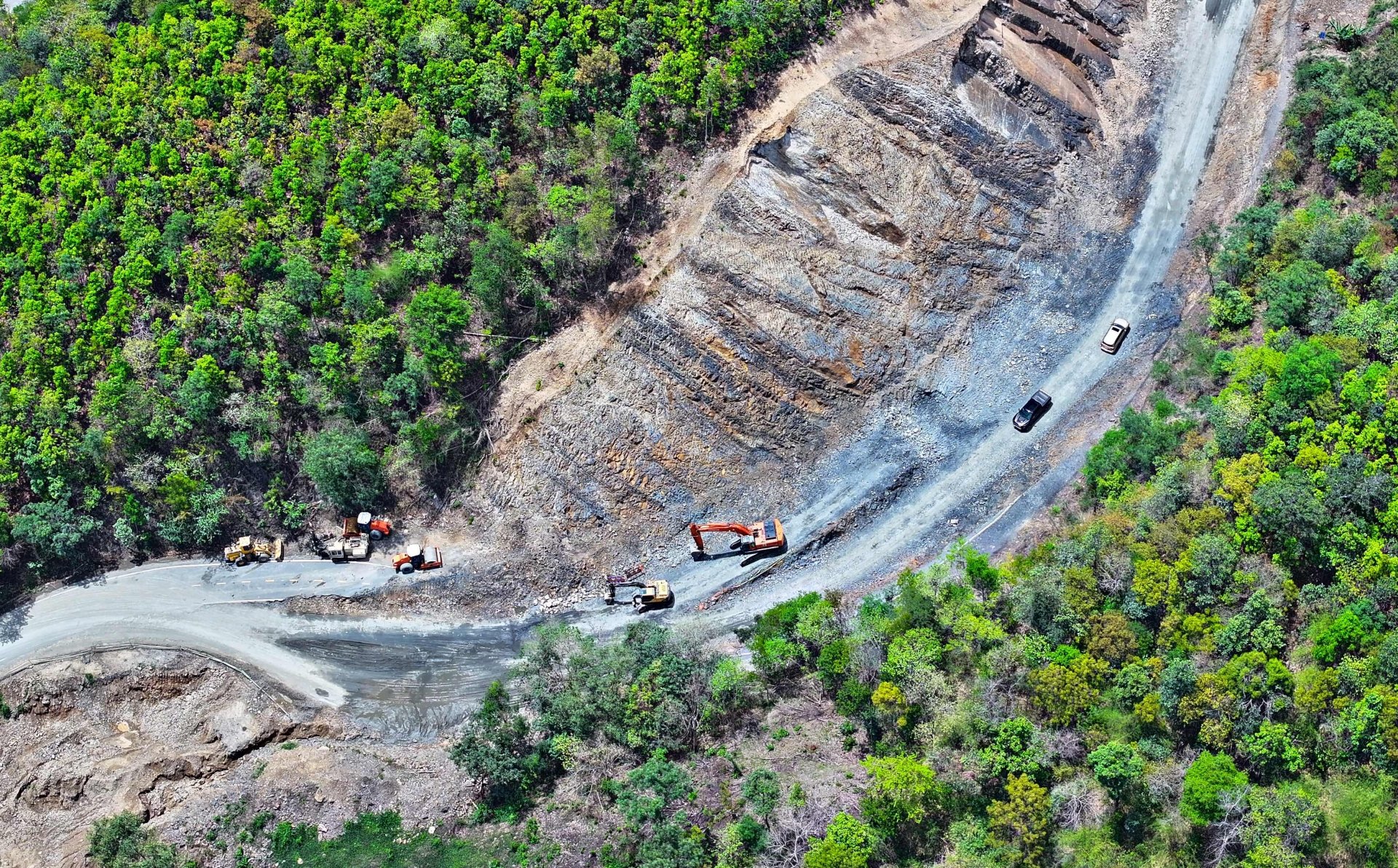 |
| National Highway 28B is being urgently upgraded, repaired and widened by units. This is the main route connecting Phan Thiet City to Da Lat City, the political and administrative center of the new Lam Dong province. |
And between Lam Dong province and Dak Nong province, there are 4 connecting routes between the two provinces including: National Highway 28 through Di Linh district (Lam Dong) connecting to National Highway 20; the road to Dong Nai 4 Hydropower Plant (planned as National Highway 55) through Bao Lam district, Bao Loc city (Lam Dong) connecting to National Highway 20; Provincial Road 4B through Lam Ha district (Lam Dong) and the traffic route operating Dong Nai 5 Hydropower Plant, Dak R'Lap district (Dak Nong) connecting to Bao Lam district. These routes have been completed, but the current state of the road has many degraded locations, the winding slopes are difficult to move.
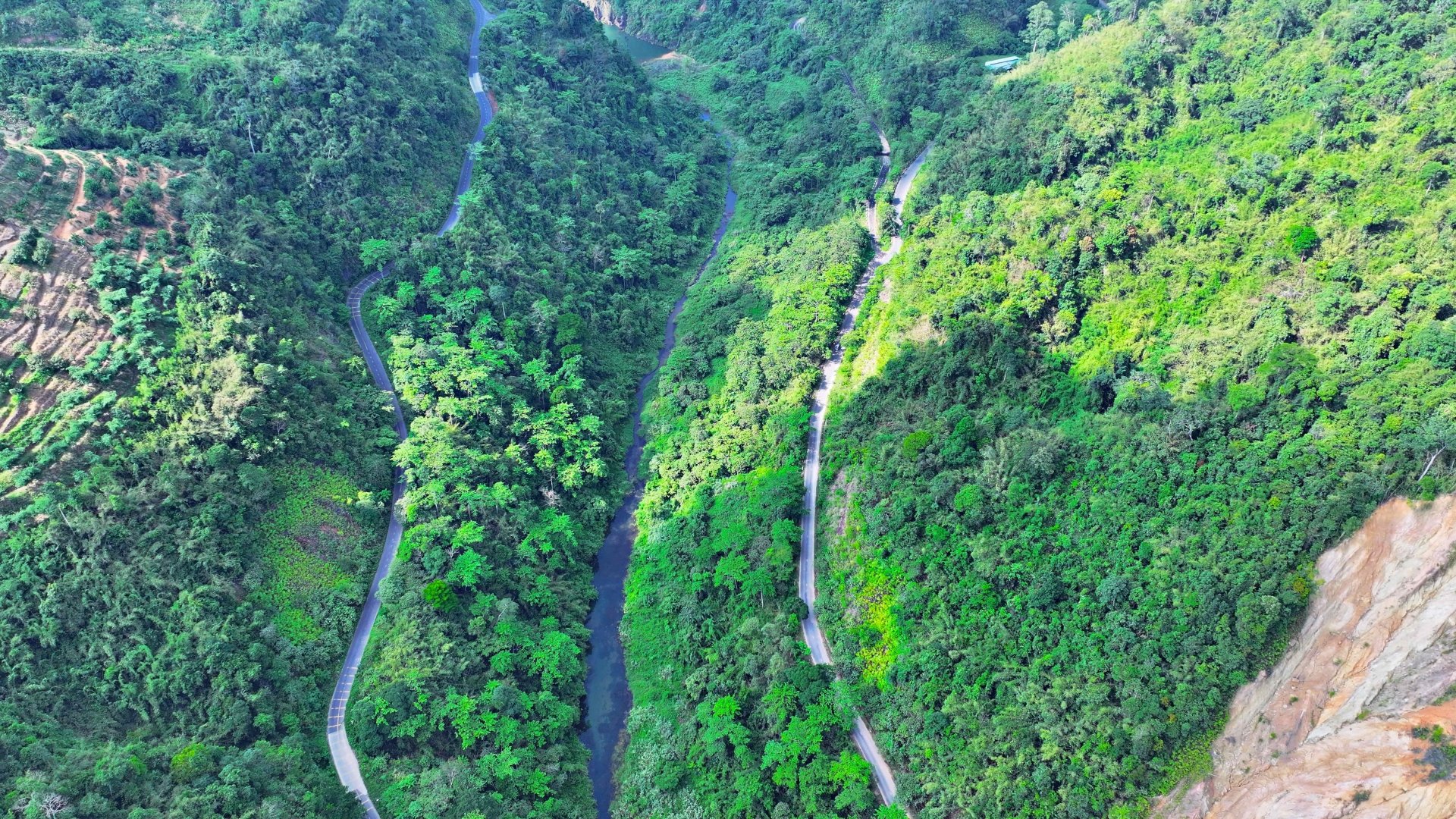 |
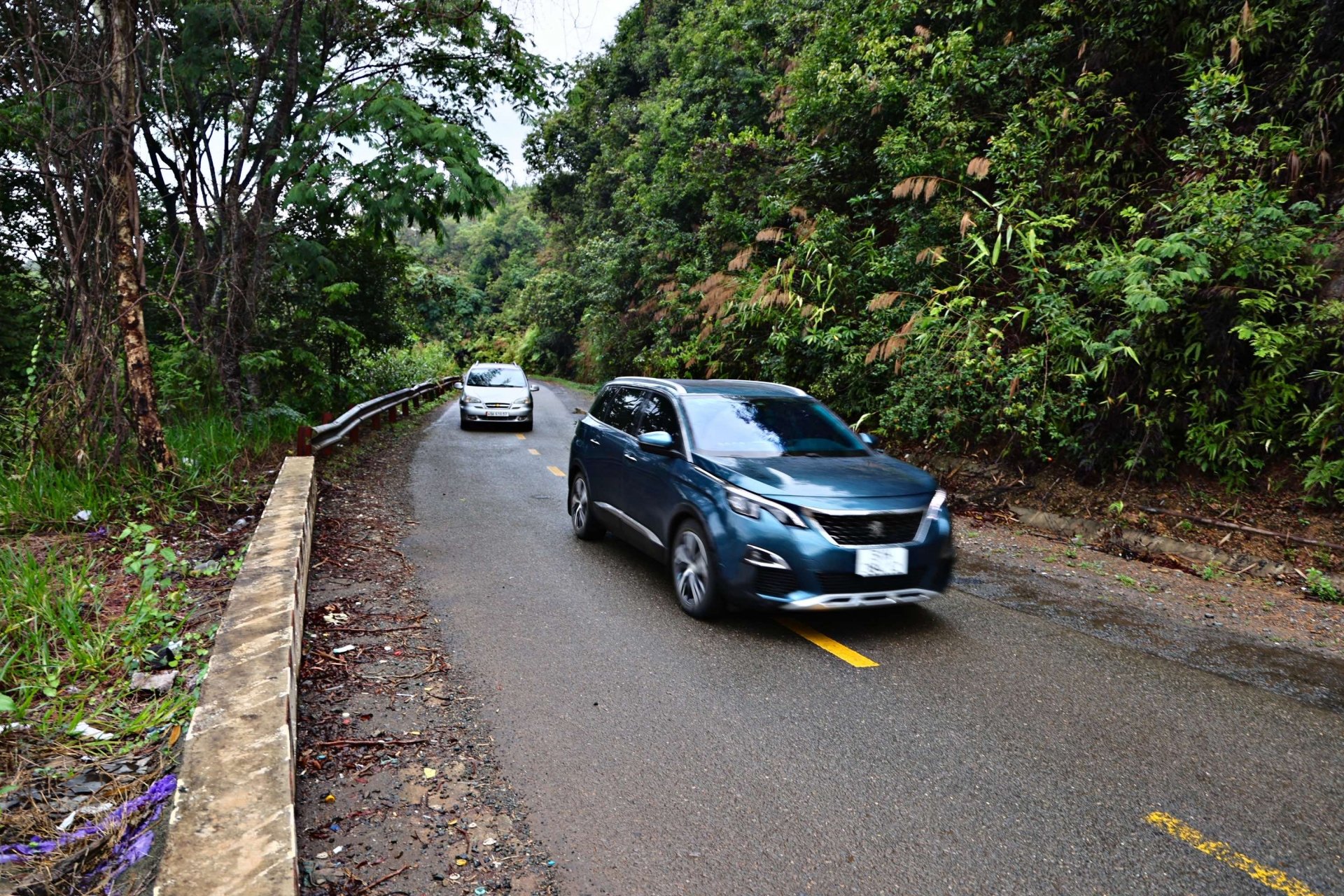 |
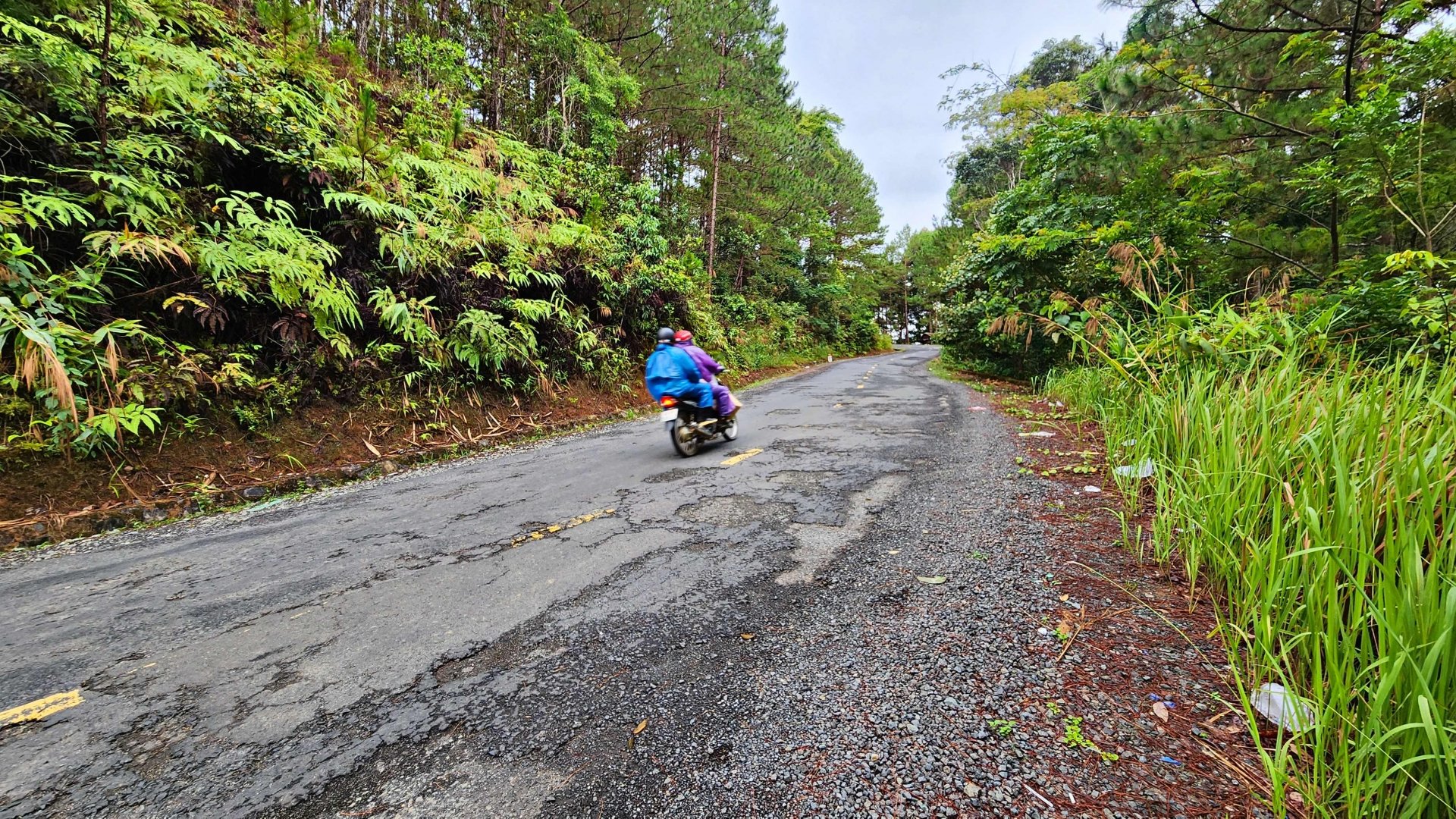 |
| Current status of National Highway 28 through Dak Nong and Lam Dong provinces with grade IV mountainous road gauge, many sections have degraded, high slopes, and are potentially dangerous when traveling during the rainy season. |
According to the assessment of the leaders of the three localities, the current and post-merger intra-provincial connecting roads of Lam Dong province generally have many limitations. The roads are mainly winding and rugged hills, the travel distance between the central areas of the province is still long, while most of the grade IV mountainous roads have degraded after a long time of use.
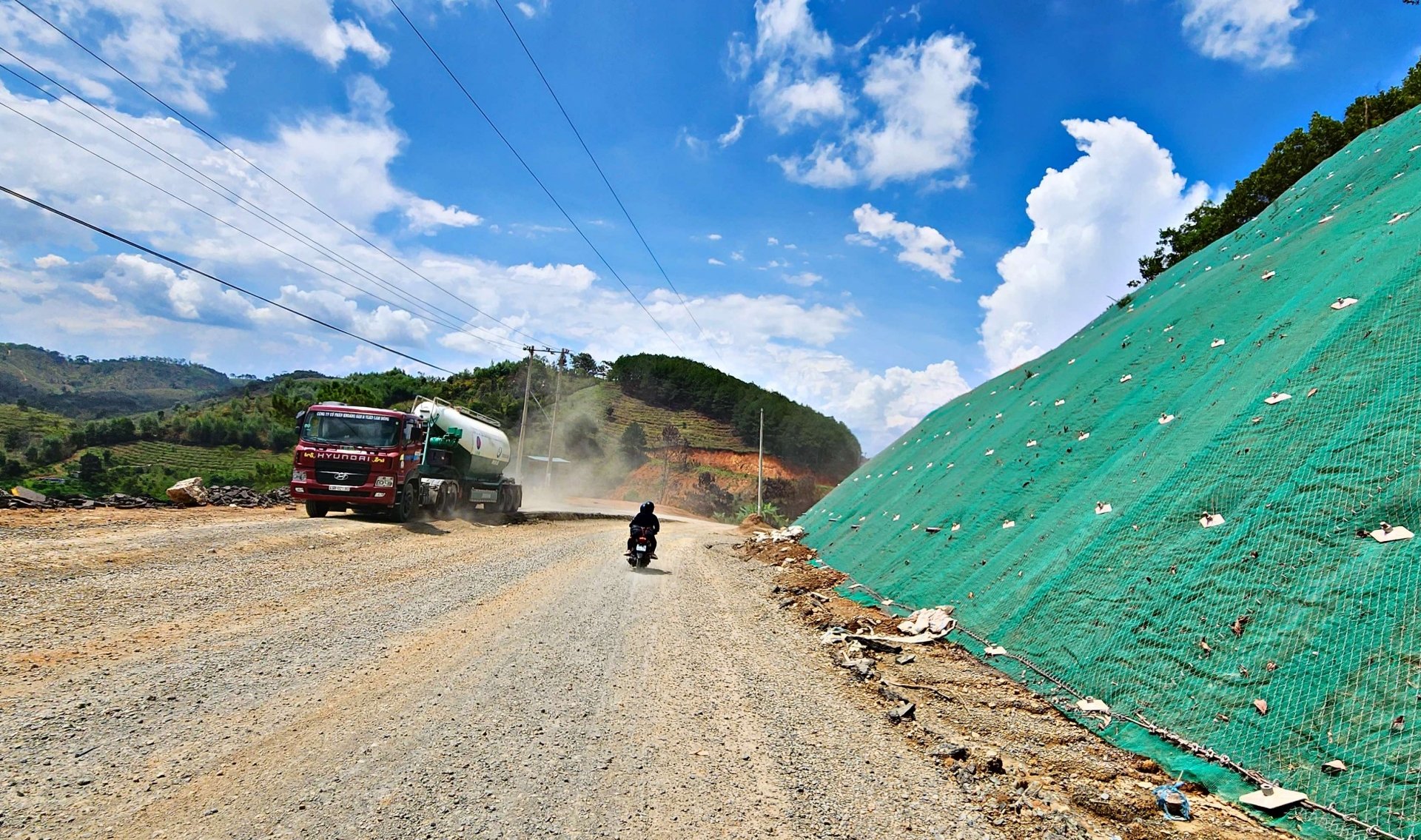 |
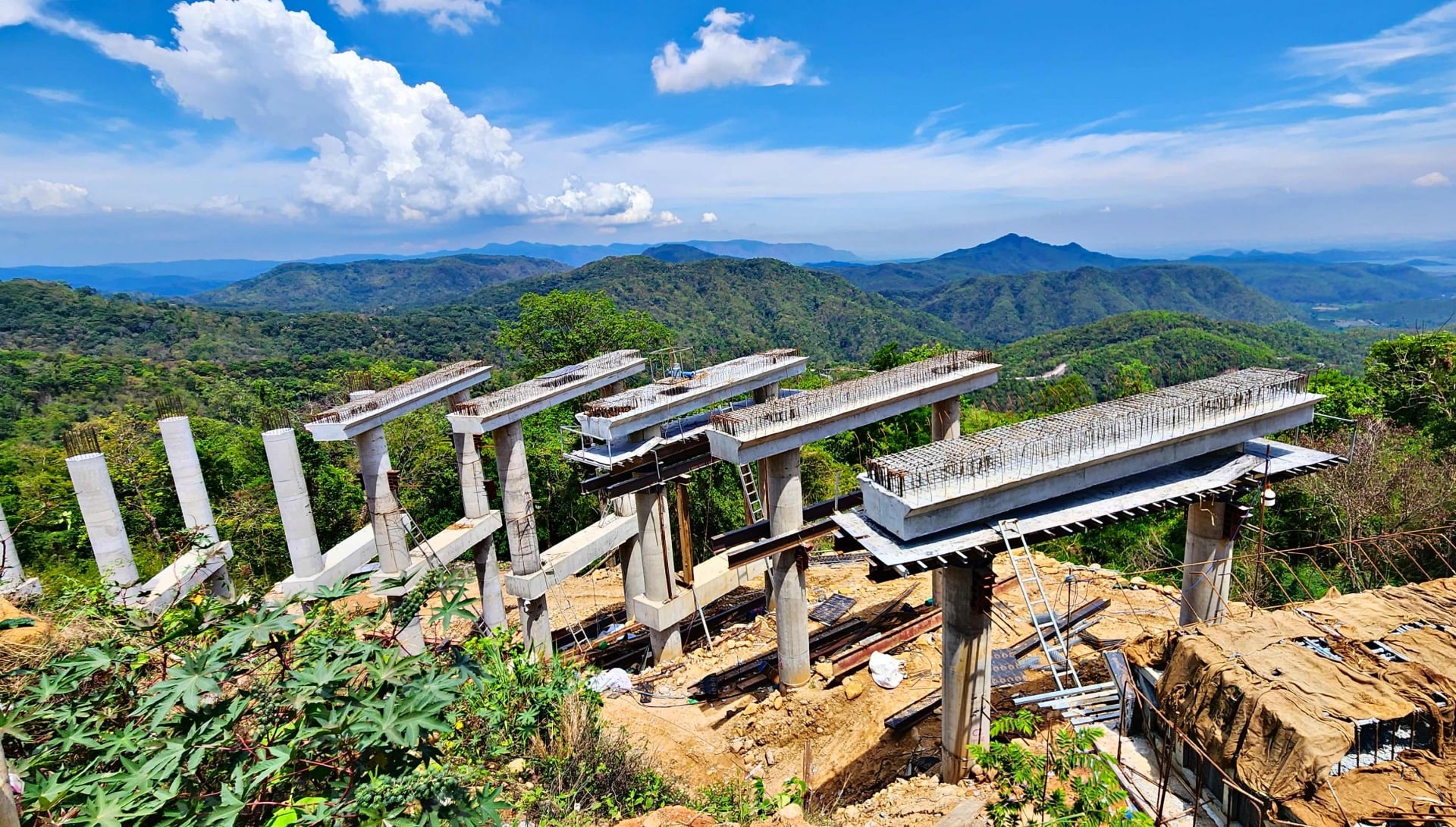 |
Currently, the project to renovate and upgrade National Highway 28B connecting Binh Thuan province with Lam Dong province is under construction and is expected to open to traffic by the end of 2025. This is a project invested by Project Management Board 5 (Vietnam Road Administration) with a total route length of about 68 km and a total investment of VND 1,435 billion.
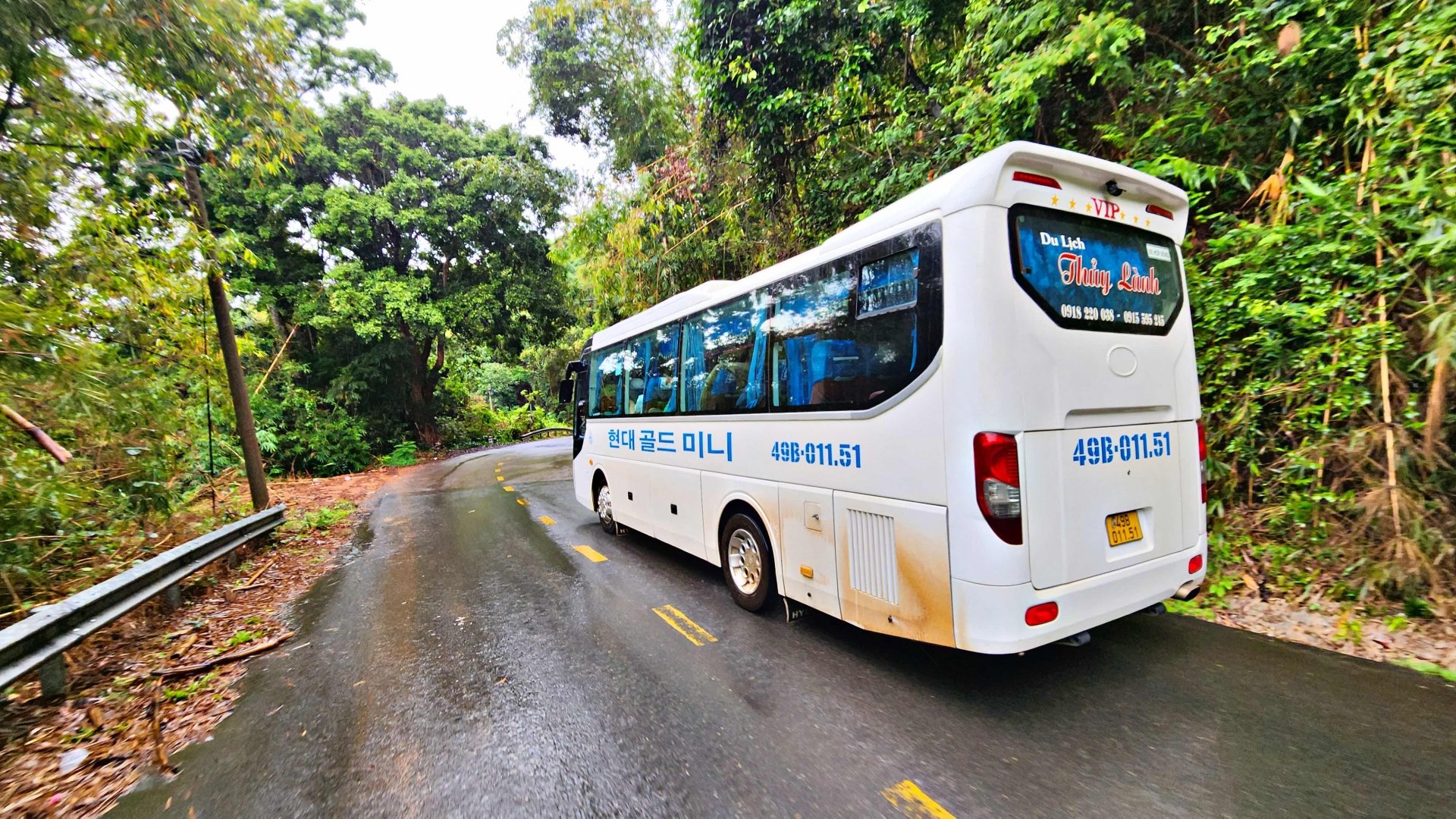 |
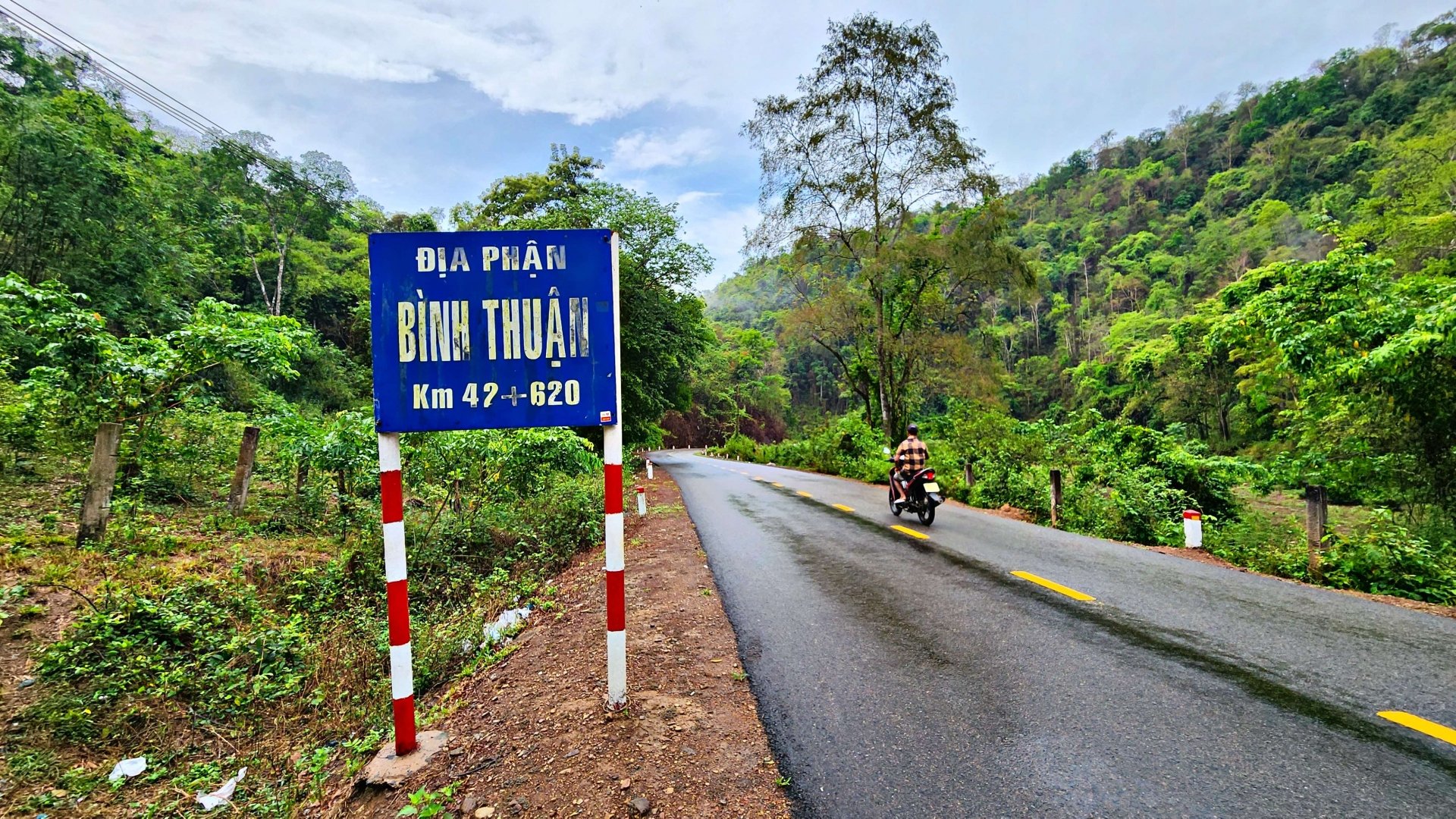 |
| National Highway 28, over 300km long, connecting the three provinces of Dak Nong, Lam Dong, and Binh Thuan, is expected to soon be invested in and upgraded to a grade III mountainous road when the Government approves the project with a total estimated capital of VND 7,700 billion. In the photo, National Highway 28 passes through Son Dien commune, Di Linh district, Lam Dong province. |
This is the shortest route connecting Da Lat City with Phan Thiet City, from Ta Hine Commune, Duc Trong District (Lam Dong) to Bac Binh District (Binh Thuan). If the upgrading and expansion of National Highway 28B through Dai Ninh Pass is completed, many people and tourists from Ho Chi Minh City to Da Lat City will prioritize choosing this route to travel because it is significantly faster than the current route along National Highway 20.
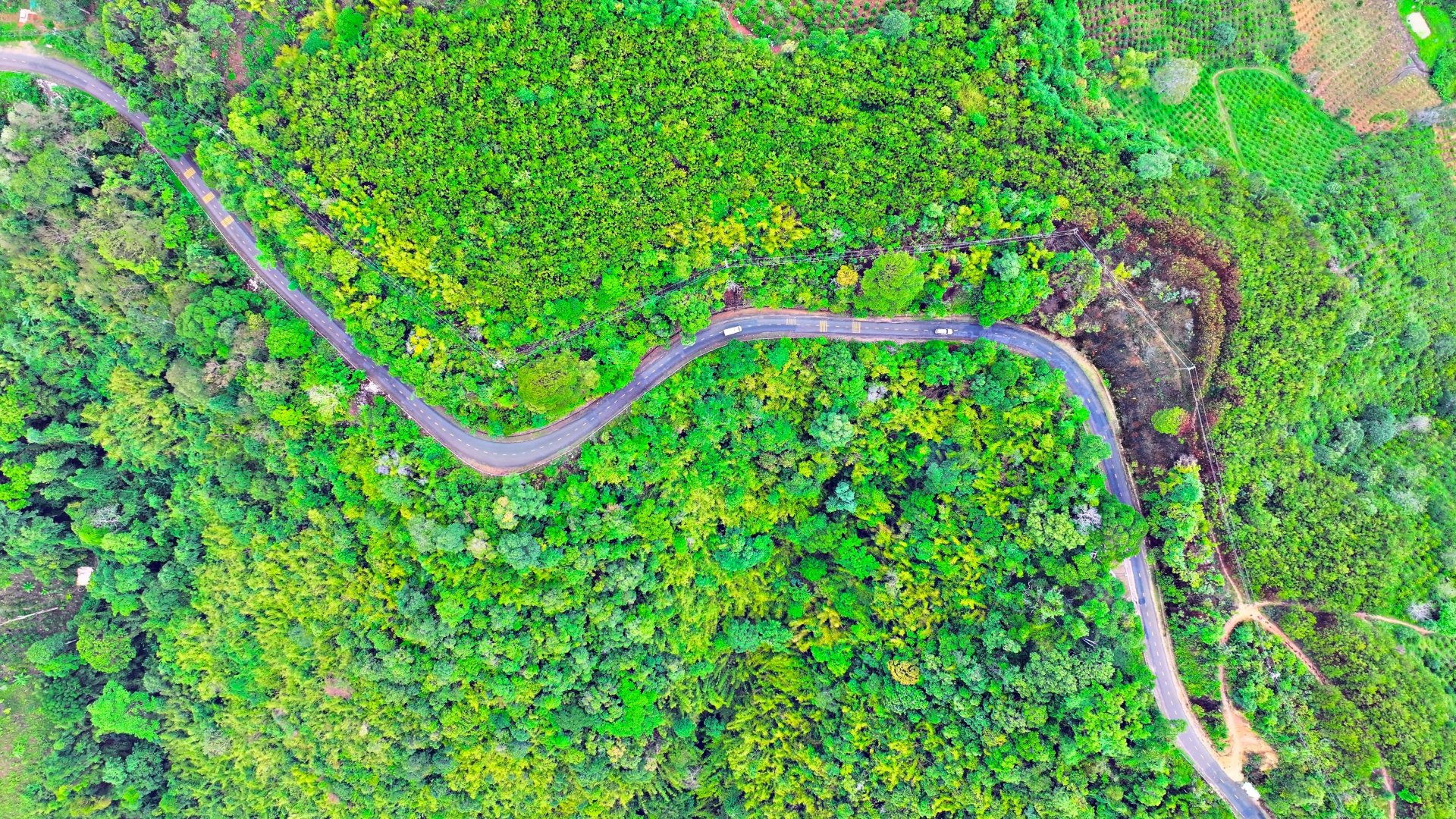 |
| Currently, traffic density connecting the three provinces through mountain passes on National Highways 28, 55,... is relatively low due to narrow roads, winding mountain roads, and deterioration. |
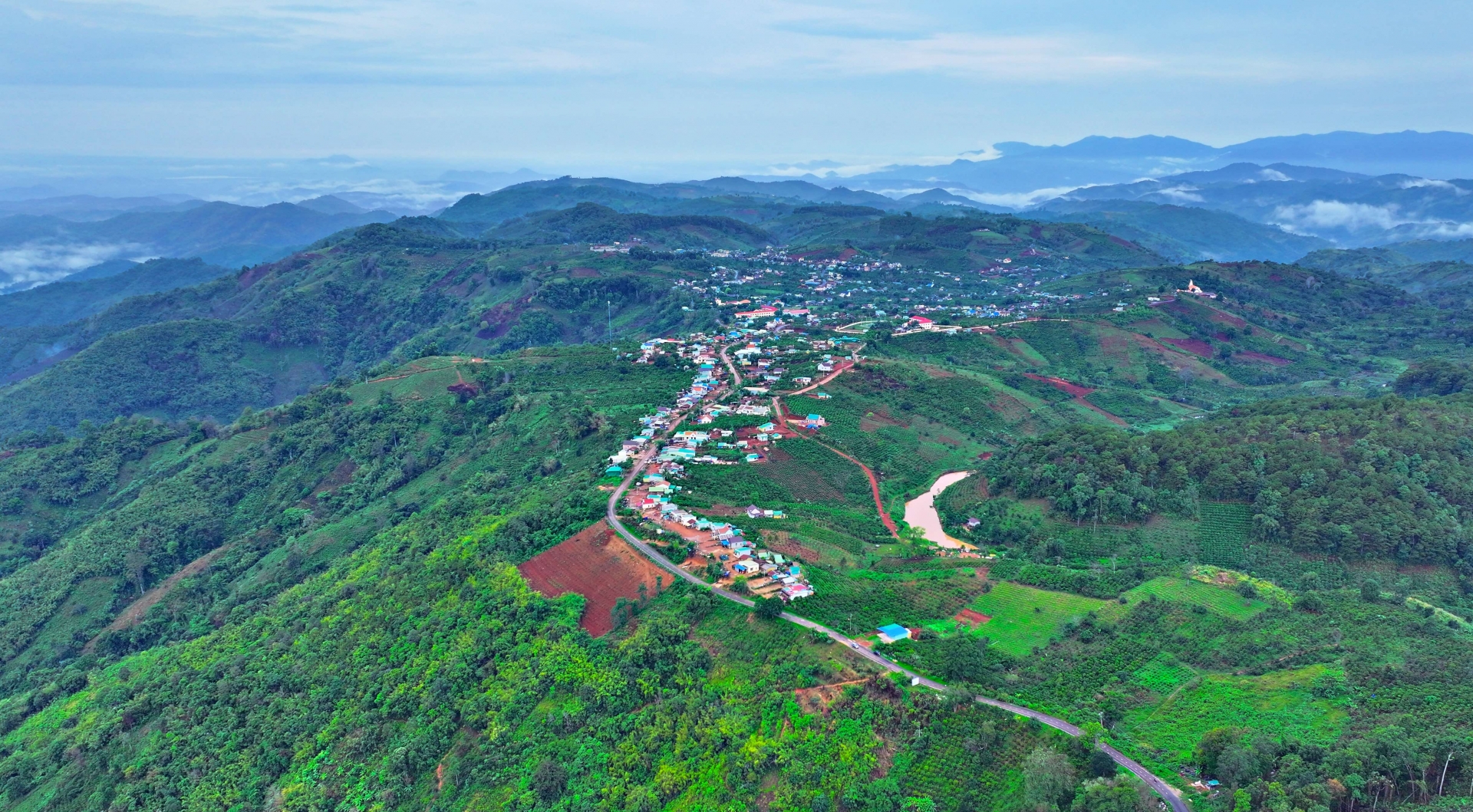 |
 |
At the working session of Comrade Nguyen Hoa Binh - Politburo member, Permanent Deputy Prime Minister of the Government with the Standing Committee of the Provincial Party Committees of Lam Dong, Binh Thuan, Dak Nong on May 21 in Da Lat City, Lam Dong Provincial Party Secretary Y Thanh Ha Nie Kdam proposed many contents in developing local transport infrastructure to the Government and ministries and branches.
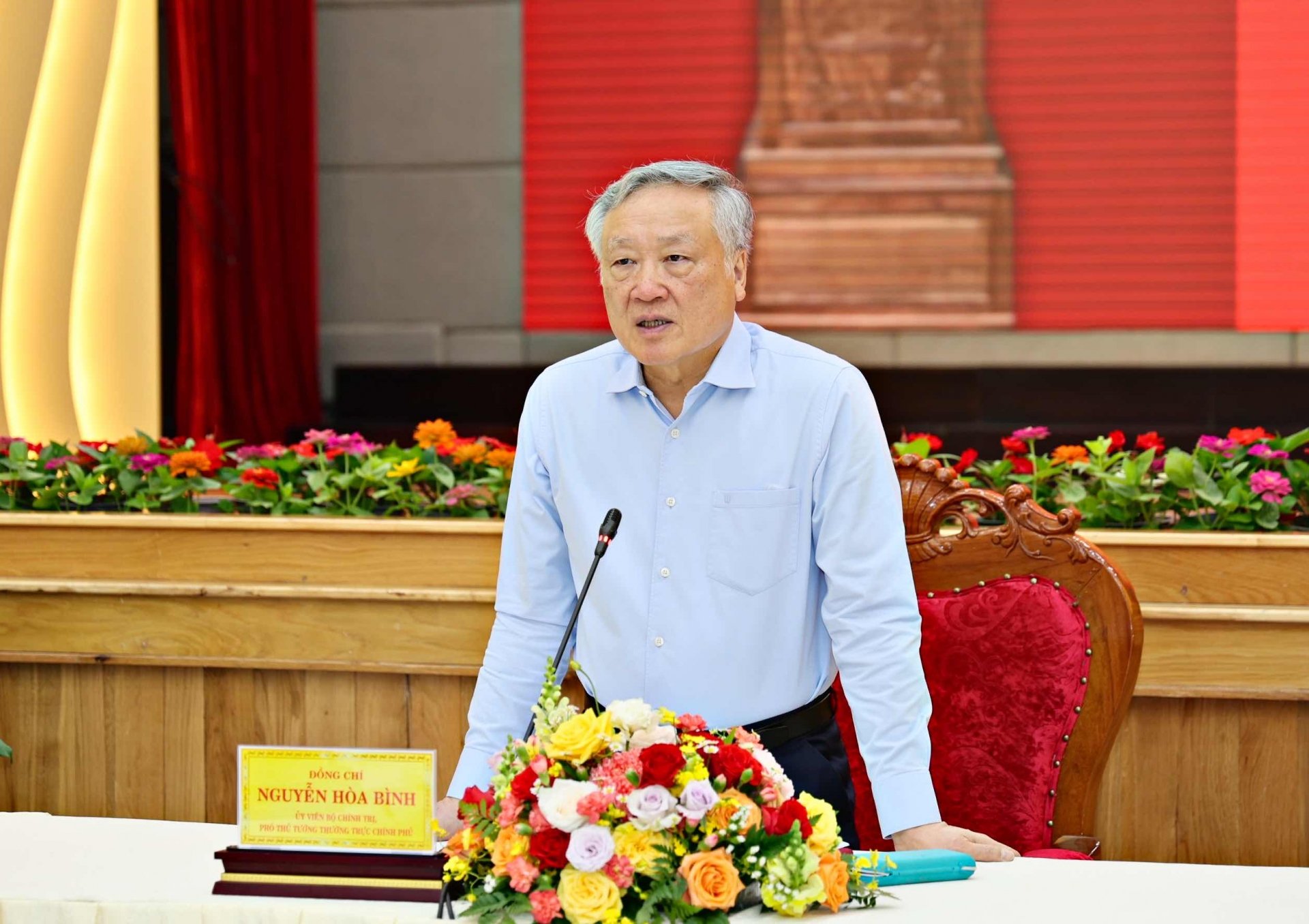 |
| From the center of Phan Thiet City, Binh Thuan Province, travel along National Highway 1A, National Highway 28B and National Highway 20 to Da Lat City, about 156 km long. |
According to the leaders of Lam Dong province, the movement of officials, leaders, civil servants and public employees from the center of Gia Nghia city (Dak Nong province) and Phan Thiet city (Binh Thuan province) as well as people and businesses when going to Da Lat, the administrative and political center of Lam Dong province, is only by road with a distance of 160 - 180 km and must go through steep and dangerous mountain roads.
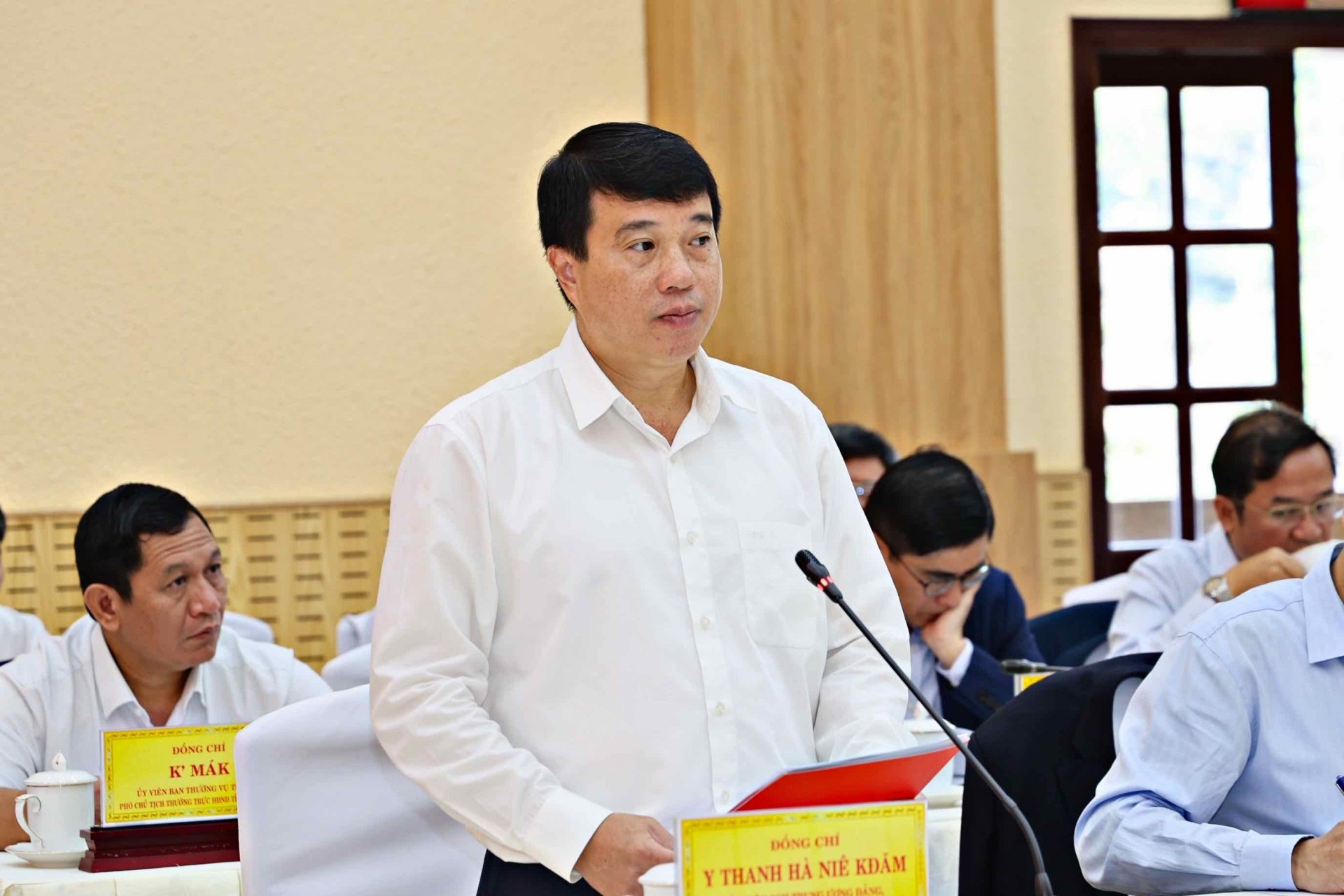 |
| From the center of Phan Thiet City, Binh Thuan Province, travel along National Highway 1A, National Highway 28B and National Highway 20 to Da Lat City, about 156 km long. |
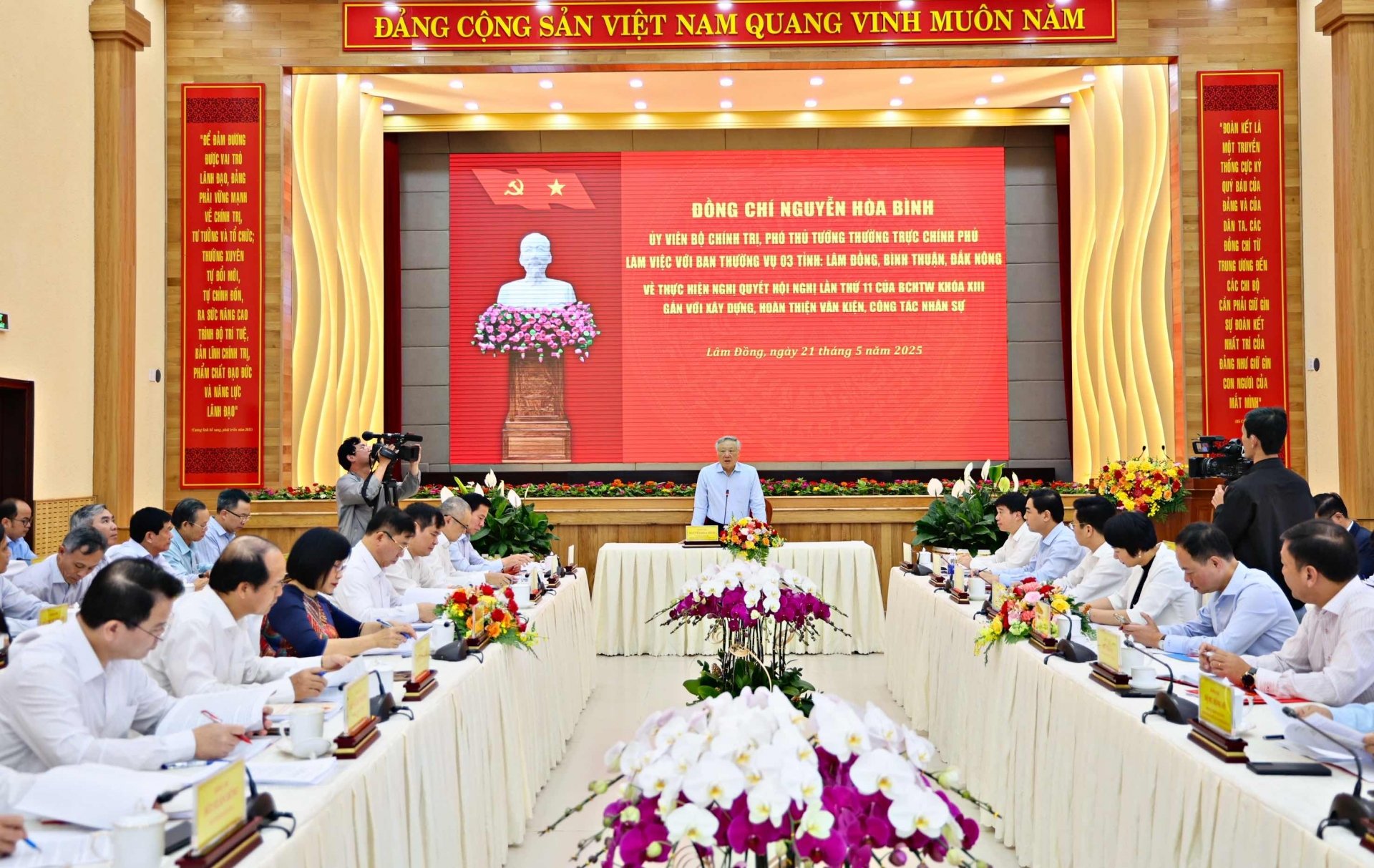 |
| At the recent working session of Comrade Nguyen Hoa Binh - Politburo member, Permanent Deputy Prime Minister of the Government with the Standing Committee of the Provincial Party Committees of Lam Dong, Binh Thuan, Dak Nong provinces (May 21 in Da Lat City), Lam Dong Provincial Party Secretary Y Thanh Ha Nie Kdam proposed many contents in developing local transport infrastructure to the Government and ministries and branches. |
Therefore, the leaders of the three provinces agreed to propose that the Government and the Ministry of Construction soon adjust the planning of National Highway 28 from level IV to level III mountainous road; at the same time, support funding to implement investment in construction, renovation and upgrading of National Highway 28 section Gia Nghia City - Dak Som - Di Linh in the medium-term public investment plan for the period 2026 - 2030 with a total length of about 104 km, level III mountainous road.
 |
| The Gia Nghia (Dak Nong) - Chon Thanh (Binh Phuoc) Expressway has been started, expected to contribute to reducing the load on Ho Chi Minh Road, creating a breakthrough in connecting the Central Highlands and the Southeast. In the photo, the vital National Highway 14 connecting Dak Nong Province to Ho Chi Minh City |
To ensure continuous traffic connection, forming a horizontal traffic route connecting Gia Nghia - Chon Thanh expressway with Tan Phu - Bao Loc - Lien Khuong expressway, Dak Nong and Lam Dong provinces have agreed on the planning of the Gia Nghia (Dak Nong) - Bao Lam (Lam Dong) dynamic route and proposed that the Central Government consider and support investment costs for the above route from the Central budget for the period 2026 - 2030. This is a dynamic route project connecting the Southern Central Highlands with the South Central and Southeast regions.
The scale of this route is expected to be newly built about 10 km with grade III mountainous road gauge and 1 large bridge over Dong Nai River. After the investment is completed, the province proposes to upgrade it to National Highway 55 (extension) from the central budget for the period 2026 - 2030.
Regarding investment in renovating and upgrading the road to Dong Nai 4 Hydropower Plant through the two provinces (planned as National Highway 55) connecting Dak Glong and Bao Lam districts, the section on the Lam Dong side has been approved by the province for investment policy and continues to implement procedures to implement the project. For the section on the Dak Nong side with a total length of 12 km, the Dak Nong Provincial People's Committee has reported and proposed the Ministry of Finance to support funding in the medium-term public investment plan for 2026 - 2030 for implementation.
Regarding highway planning and investment, the current road network planning for the period 2021 - 2030, with a vision to 2050, was approved by the Prime Minister in 2021, and there is no Dak Nong - Lam Dong - Binh Thuan expressway. Lam Dong Provincial People's Committee will propose policies and recommend the Prime Minister to approve the additional planning of the expressway connecting Dak Nong - Lam Dong - Binh Thuan, to be built before 2030; advise on the allocation of funding sources for implementation in accordance with regulations with the criteria of ensuring the connection of Phan Thiet - Da Lat - Gia Nghia with the shortest, most economical, convenient and feasible distance.
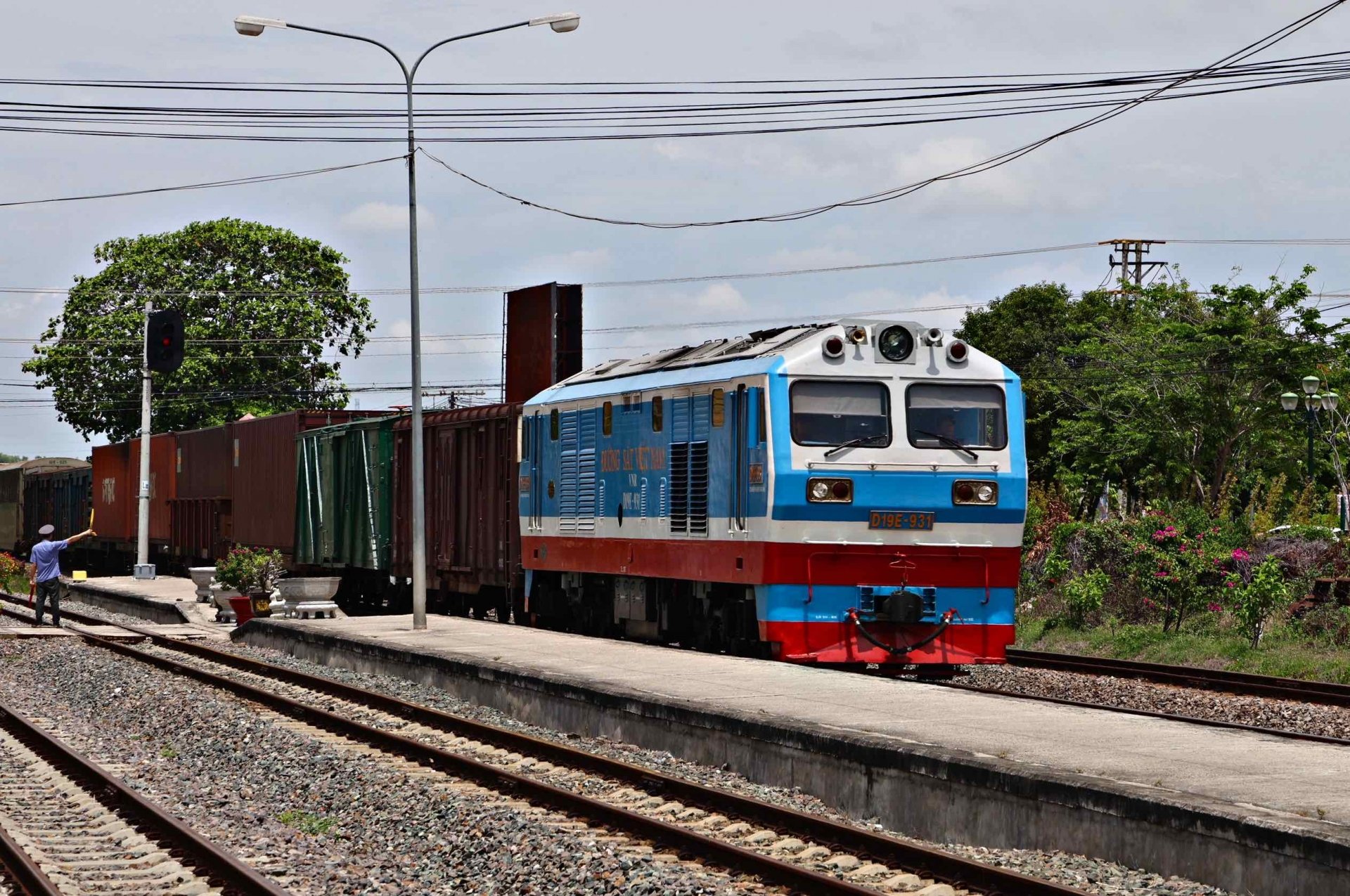 |
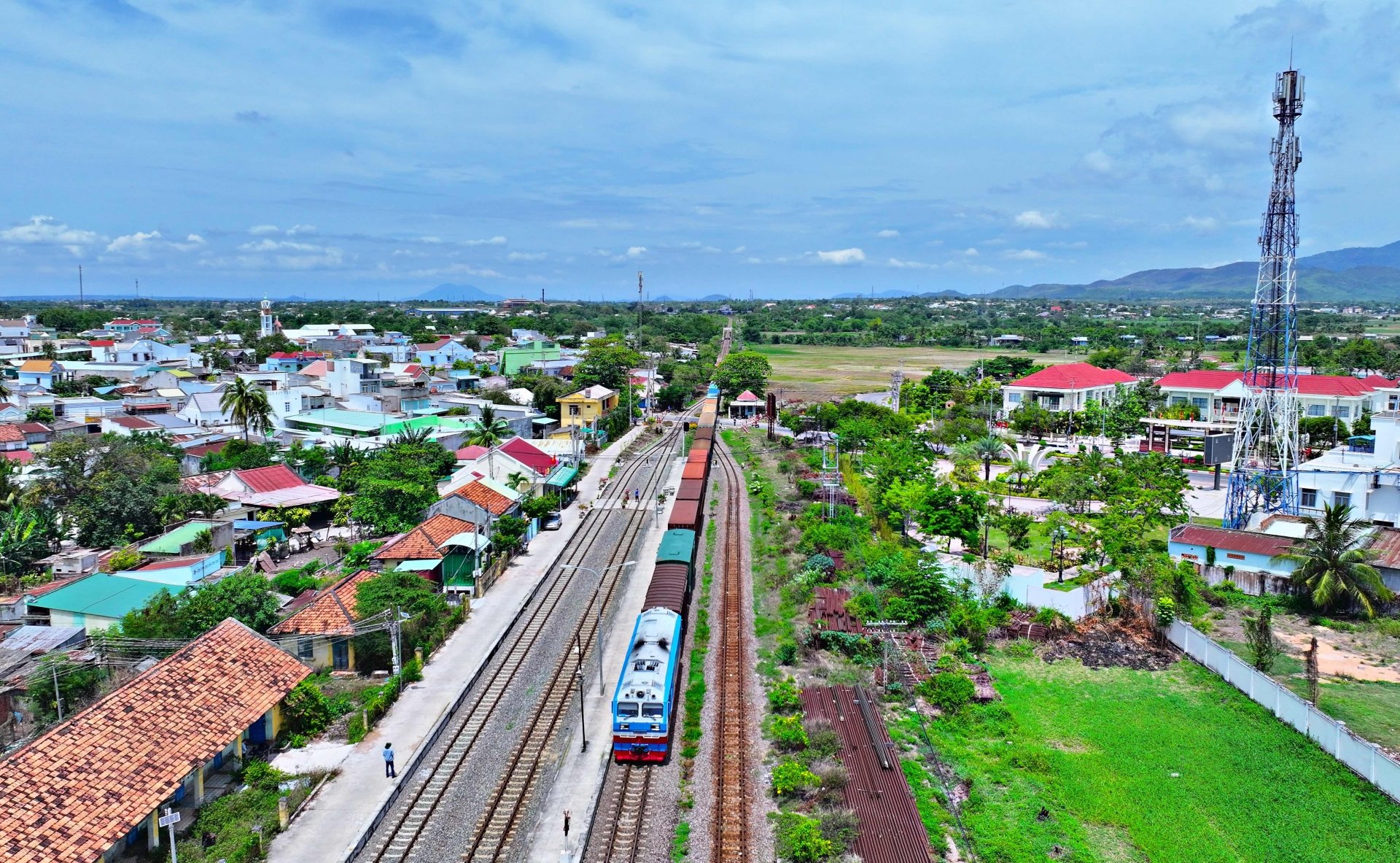 |
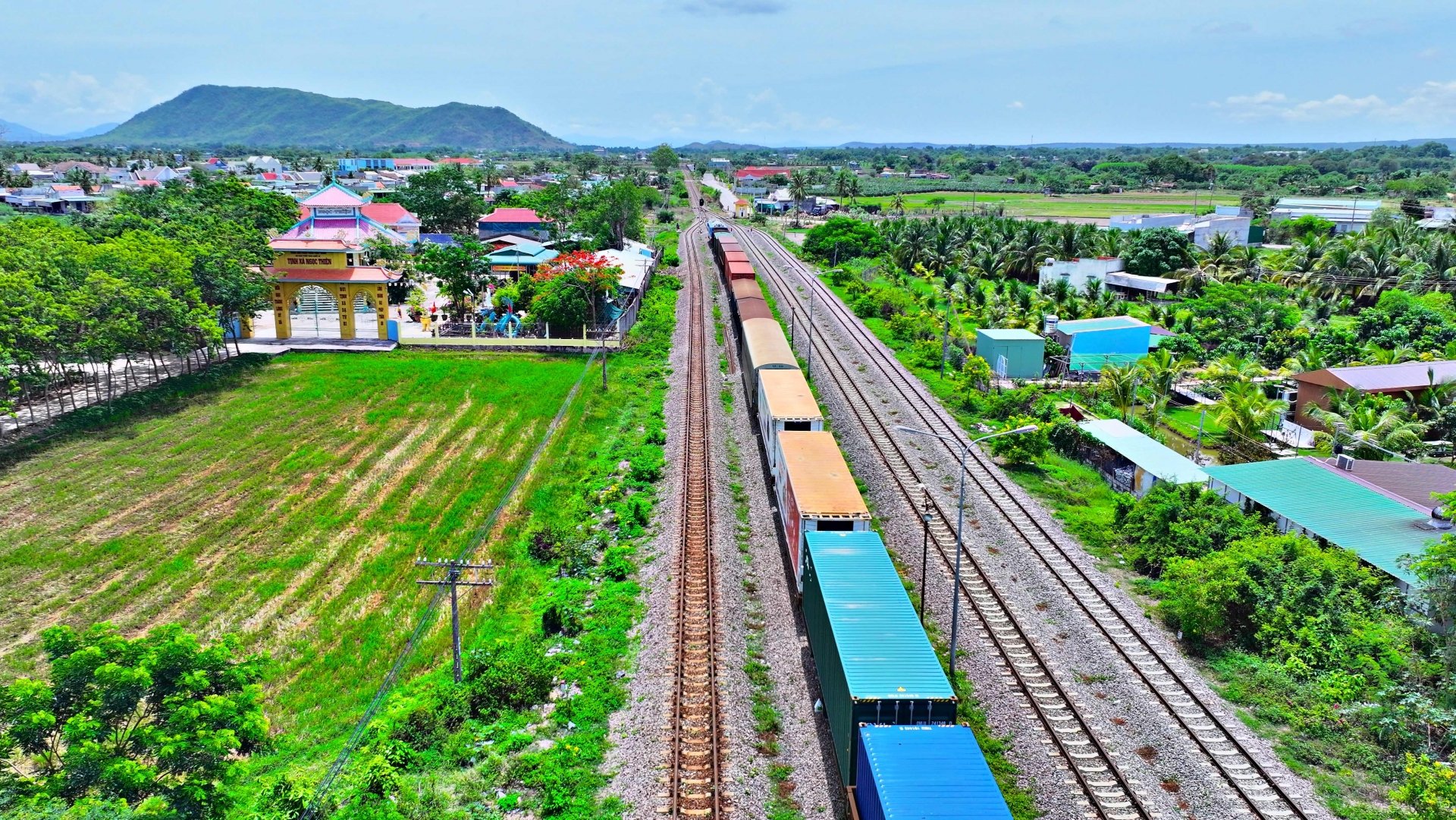 |
| North-South railway line passing through Binh Thuan province |
Regarding railways, the railway network planning for the period 2021 - 2030, with a vision to 2050, approved in 2021, also does not have the Dak Nong - Lam Dong - Binh Thuan railway route.
 |
One of the key transport infrastructure development projects in the new Lam Dong province after the merger is the Lien Khuong International Airport Upgrade Project with a total investment of about 7,748 billion VND; of which, about 4,591 billion VND is invested in the period up to 2030 and about 3,157 billion VND until 2050.
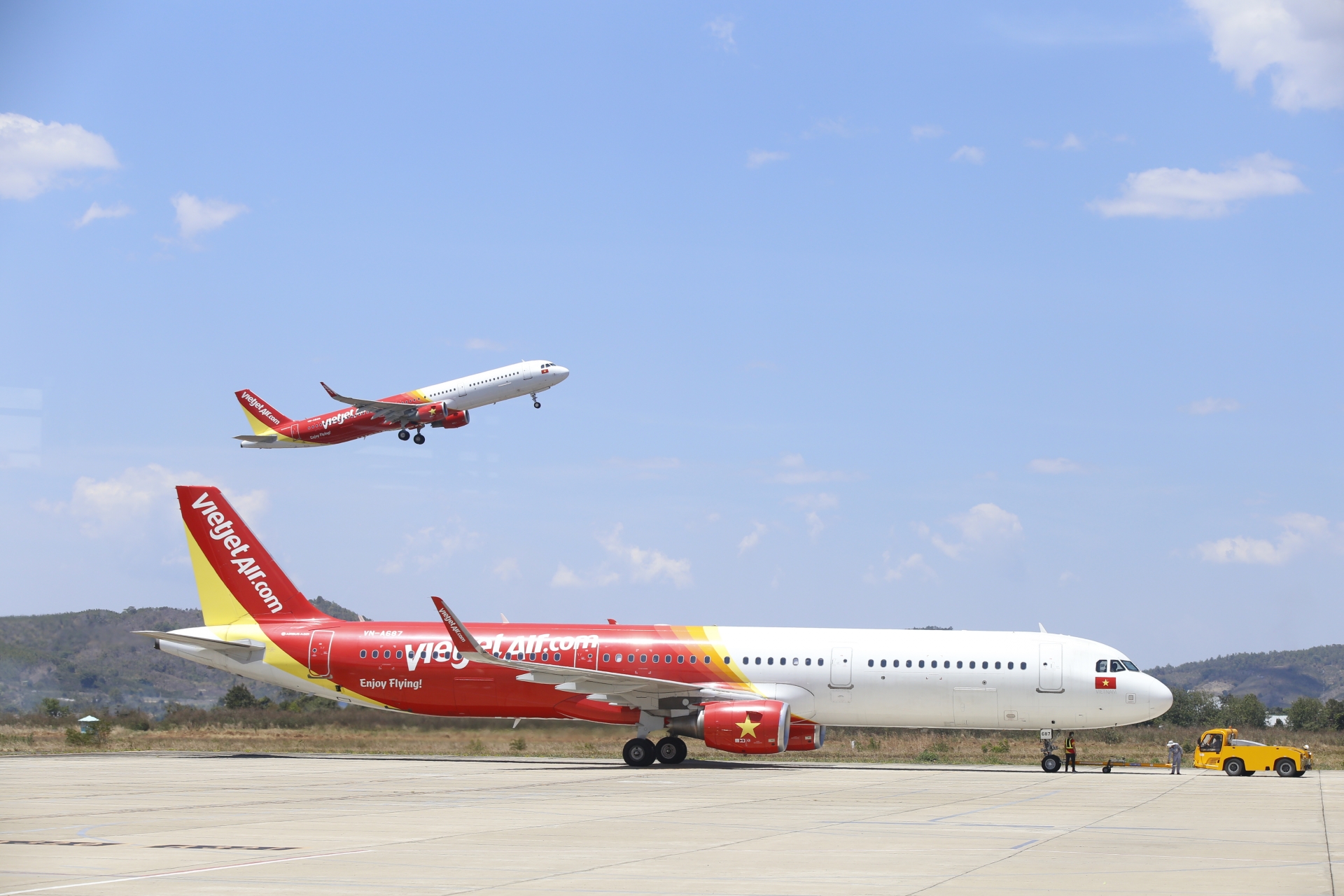 |
| From the center of Phan Thiet City, Binh Thuan Province, travel along National Highway 1A, National Highway 28B and National Highway 20 to Da Lat City, about 156 km long. |
With plans to expand the runway and build a new terminal, the airport will soon be able to handle international flights from South Korea, Japan, Thailand and many other countries.
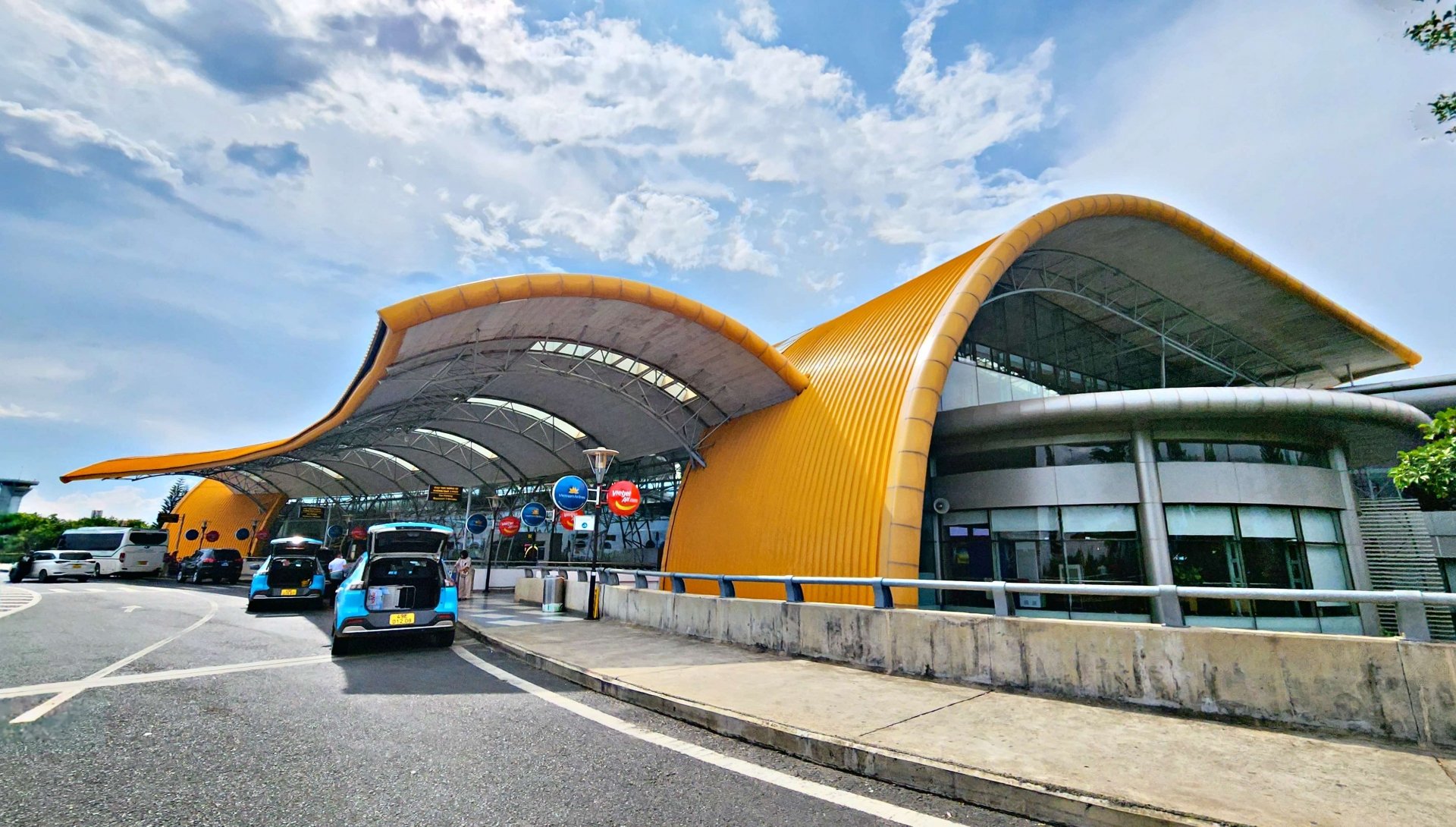 |
| From the center of Phan Thiet City, Binh Thuan Province, travel along National Highway 1A, National Highway 28B and National Highway 20 to Da Lat City, about 156 km long. |
Meanwhile, regarding aviation, Binh Thuan province is currently completing procedures for the civil project of Phan Thiet airport to submit to the Government for approval, striving to put it into operation in 2026 in sync with the defense project.
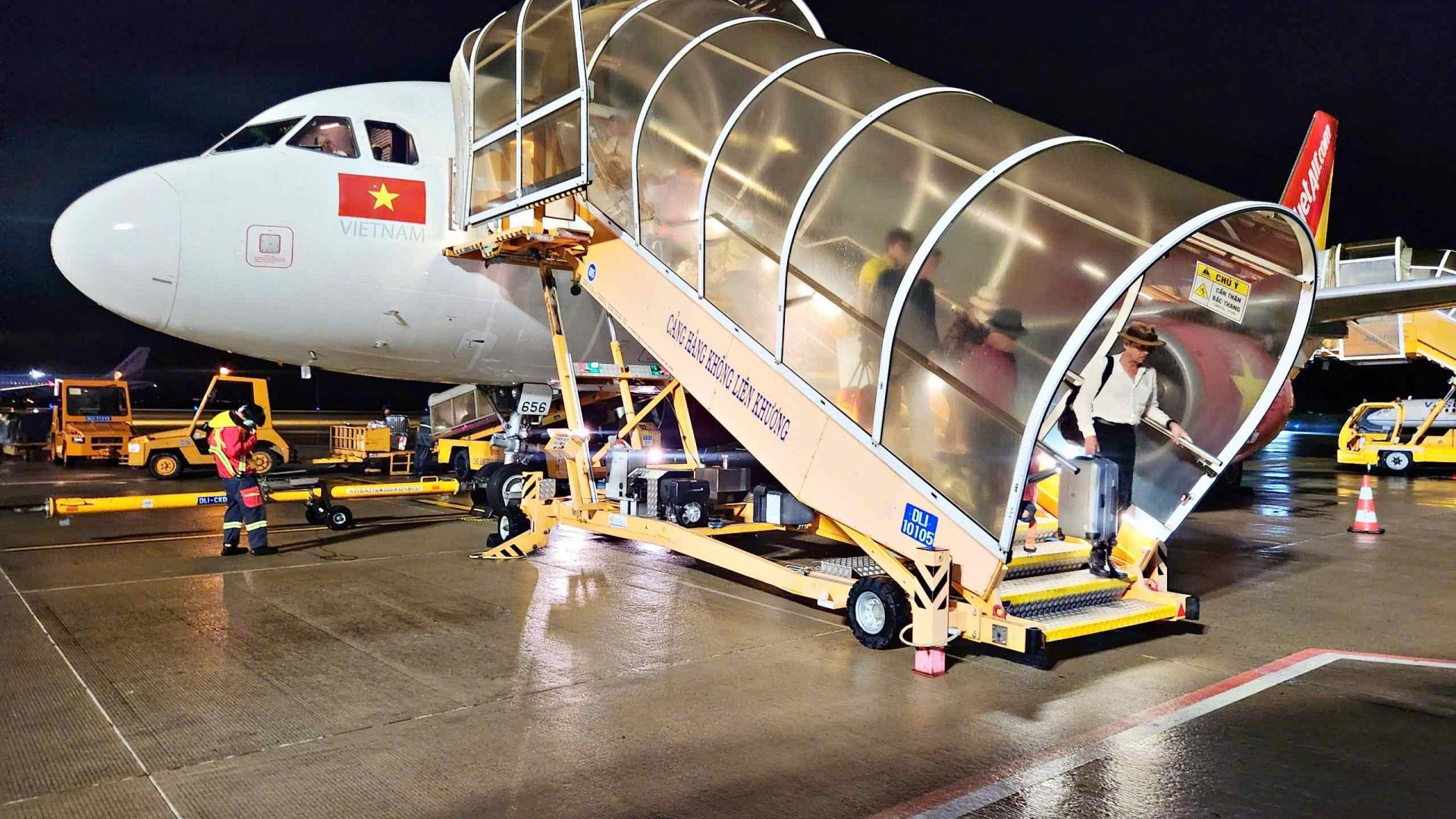 |
| From the center of Phan Thiet City, Binh Thuan Province, travel along National Highway 1A, National Highway 28B and National Highway 20 to Da Lat City, about 156 km long. |
This is a dual-use airport, combining military and civil use. The military section and runways have been completed. The civil section is completing procedures to upgrade from 4C to 4E, adding opportunities to open international routes and increase passenger capacity.
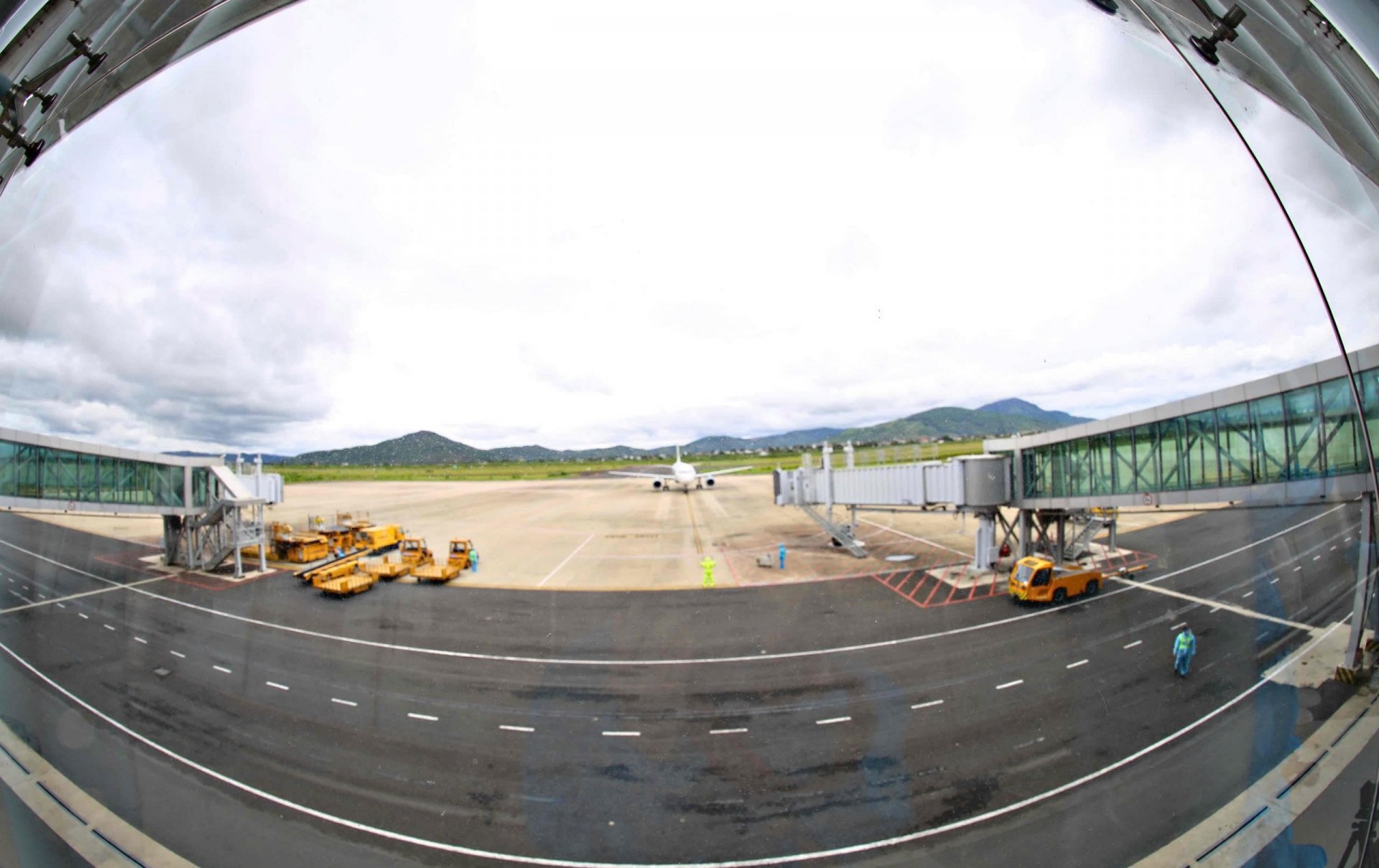 |
| Lien Khuong Airport, Lam Dong Province will become the first international airport in the Central Highlands region in June 2024. Lien Khuong Airport is a 4E-class airport, capable of handling aircraft such as Airbus A320 and A321. The designed capacity is expected to accommodate about 5 million passengers per year. |
Along with the air route, the two component projects of the Tan Phu - Bao Loc and Bao Loc - Lien Khuong highways, with a total length of nearly 140 km and an investment capital of about 37,000 billion VND, are key projects of a breakthrough nature, opening up economic development potential for the locality.
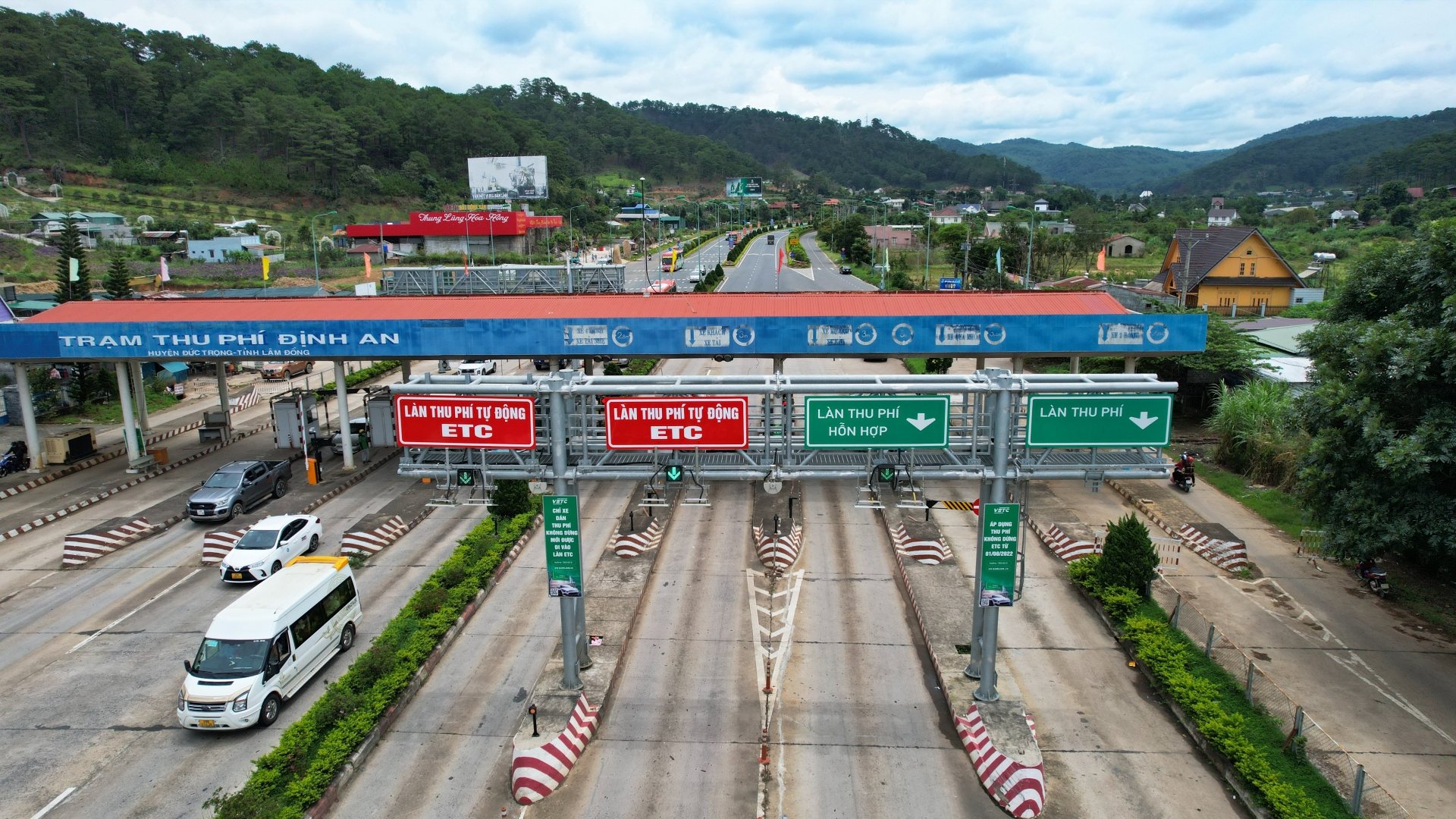 |
| Lam Dong currently has a nearly 20 km long highway connecting Lien Khuong airport and Da Lat city. |
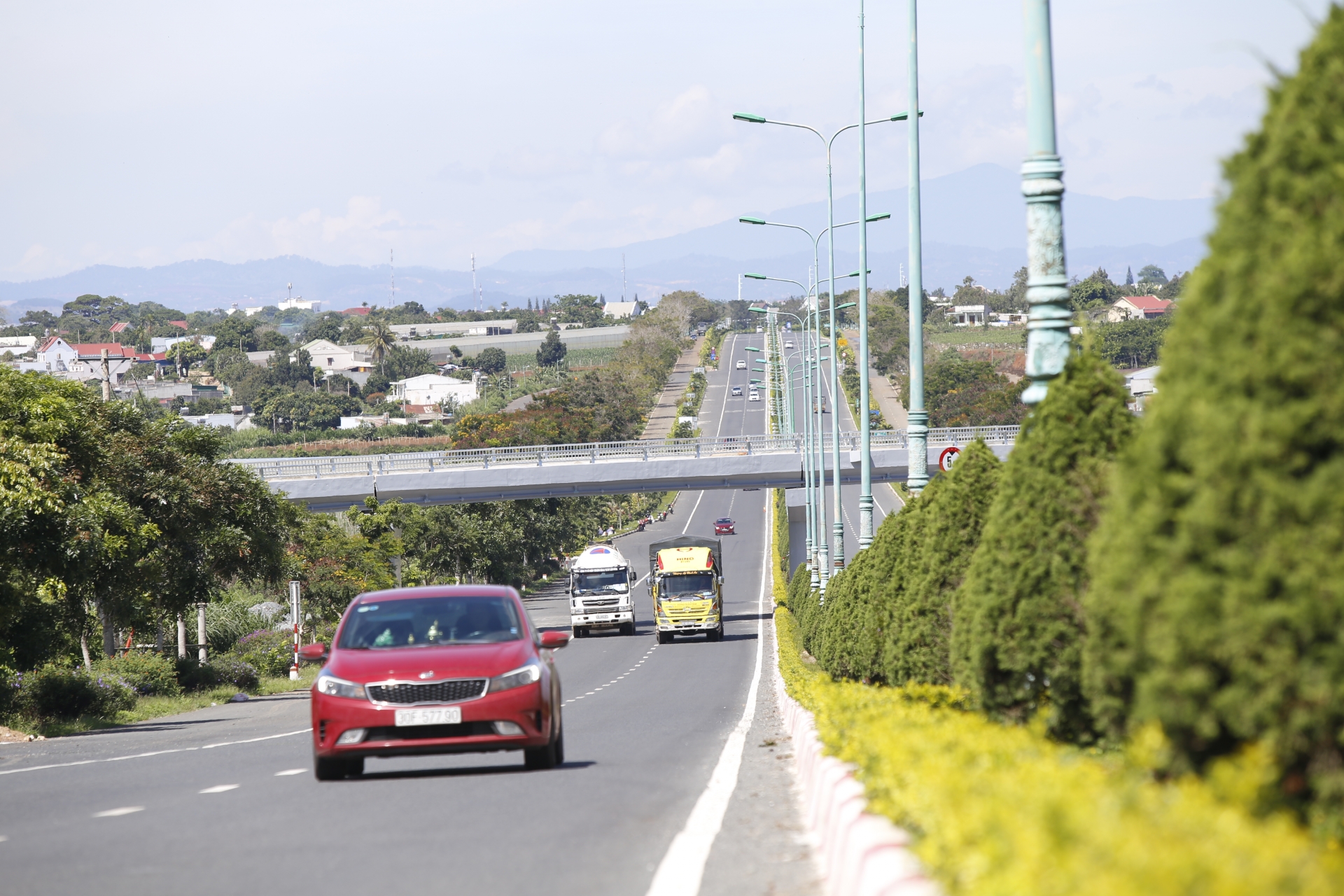 |
| Lam Dong is expected to soon start construction on two component projects of the 140km Tan Phu-Bao Loc and Bao Loc-Lien Khuong expressways, helping to create a breakthrough in transport infrastructure. In the photo, a section of the Lien Khuong-Prenn expressway, Lam Dong province |
Most recently, on March 31, 2025, the People's Committee of Lam Dong province has just approved the Bao Loc - Lien Khuong Expressway Construction Investment Project under the public-private partnership model (phase 1). When completed, this route will shorten the travel time from Ho Chi Minh City to Da Lat to about 3 - 4 hours, compared to 6 - 7 hours as at present.
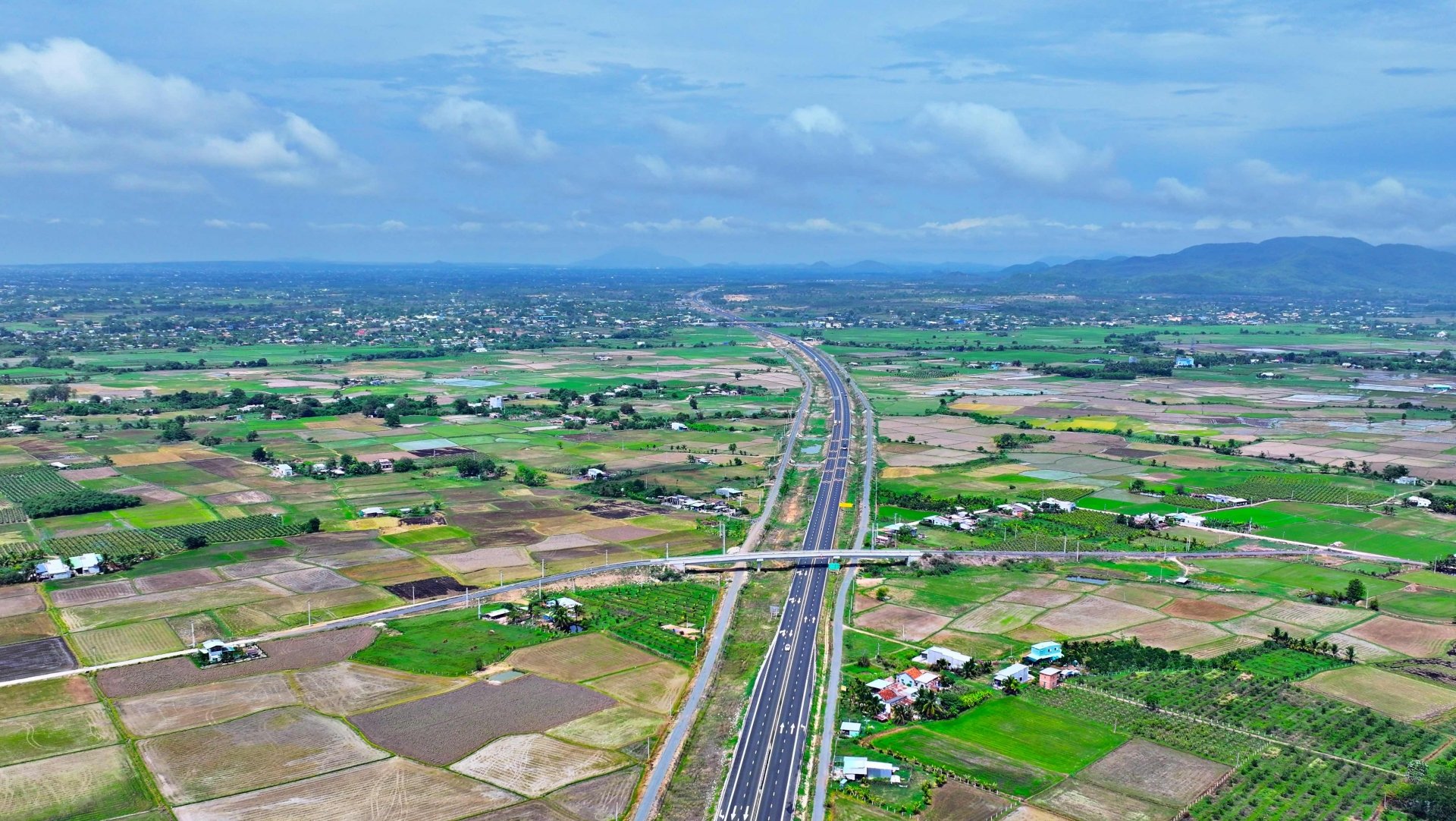 |
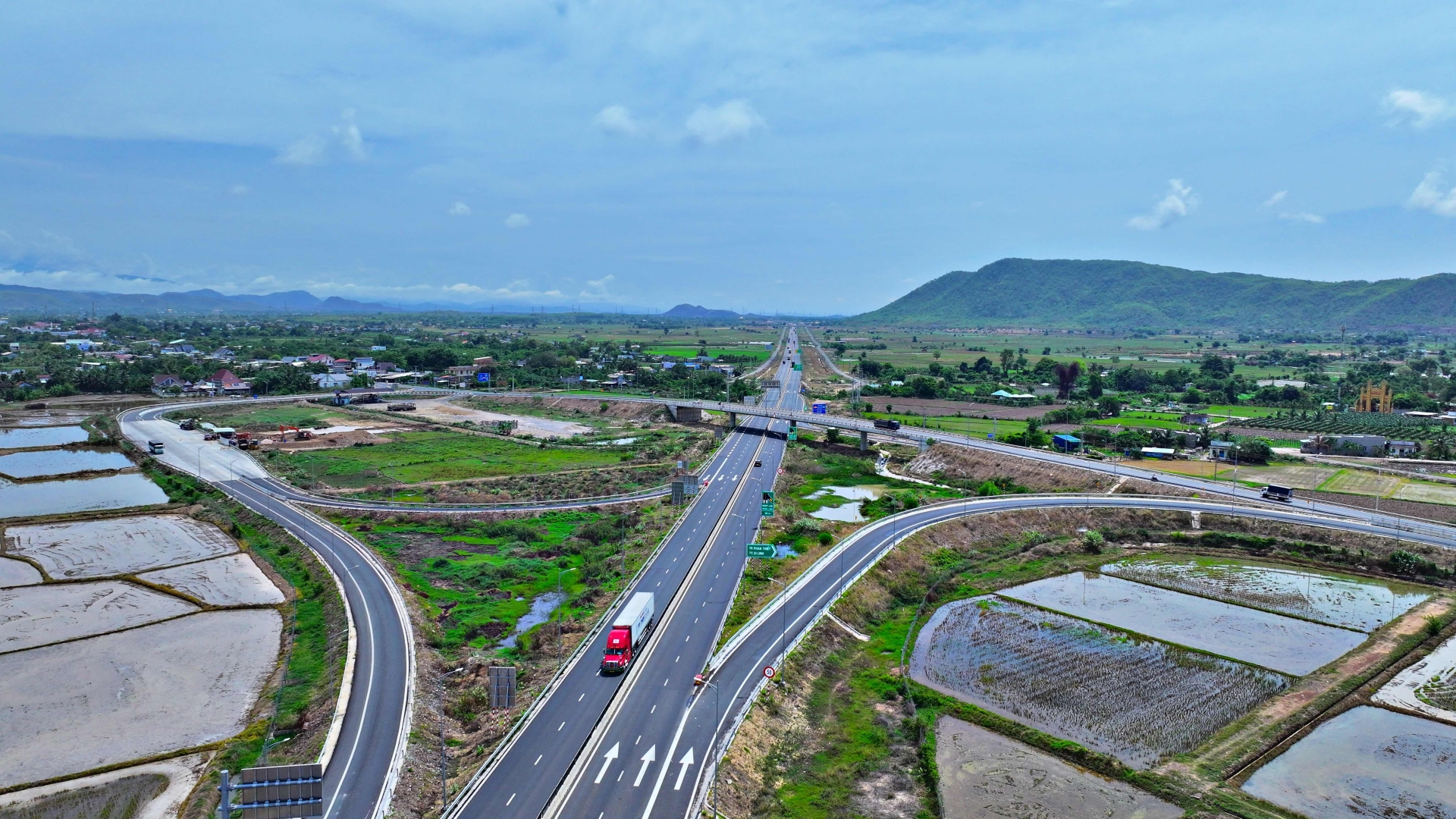 |
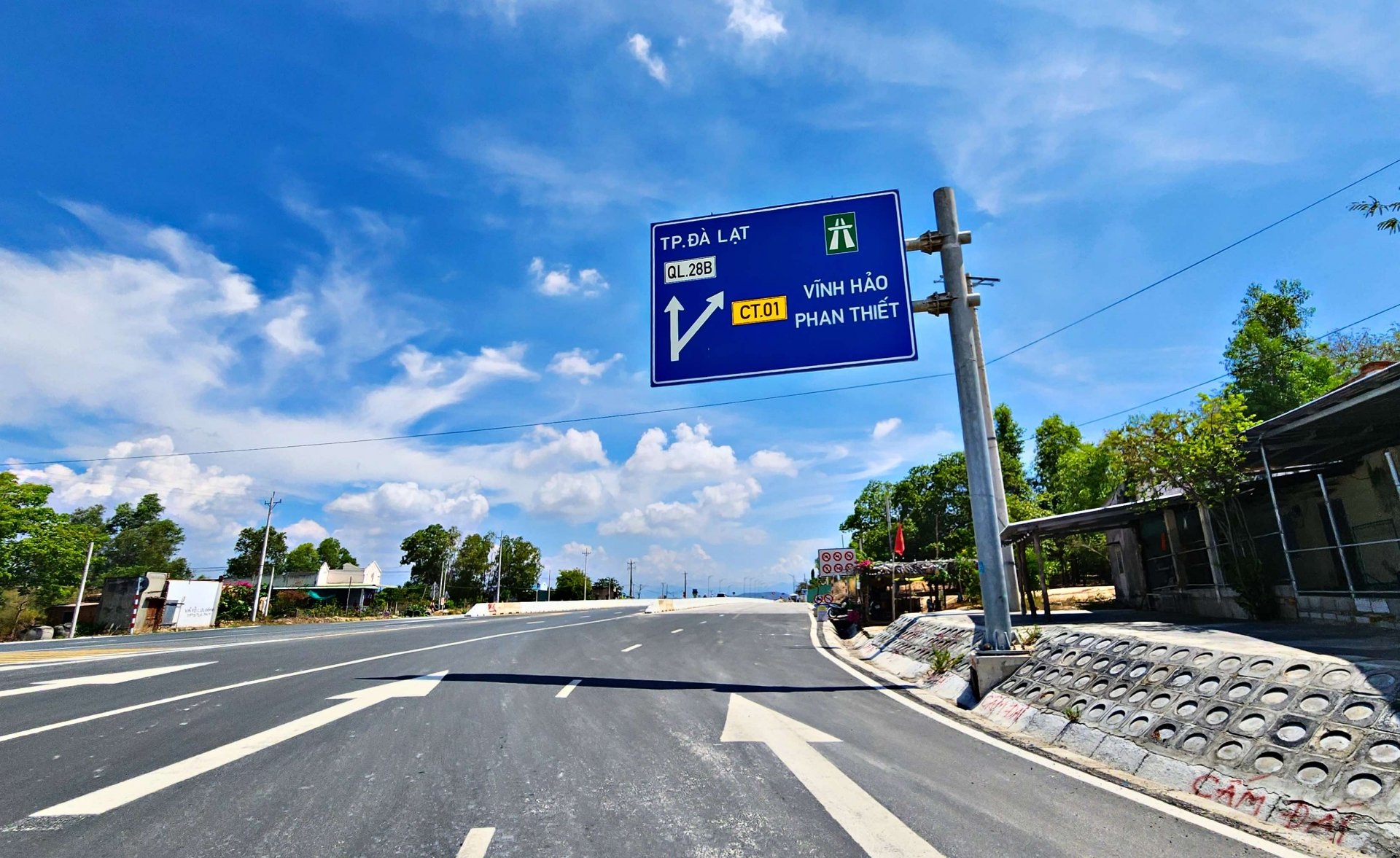 |
| The three sections of the North-South expressway in the East, including Cam Ranh - Vinh Hao, Vinh Hao - Phan Thiet, have been operating continuously for about 160 km through Binh Thuan province, making it the longest existing expressway of the three provinces after the merger. |
Along with the expressway connecting Da Lat with the Southern key economic zone, the expressway connecting Da Lat - Nha Trang is also expected. According to the plan, the total length of the Nha Trang - Da Lat expressway is about 81 km with a total investment of about 25,058 billion VND; the scale is 4 complete lanes, the design speed is 80 - 100 km/h.
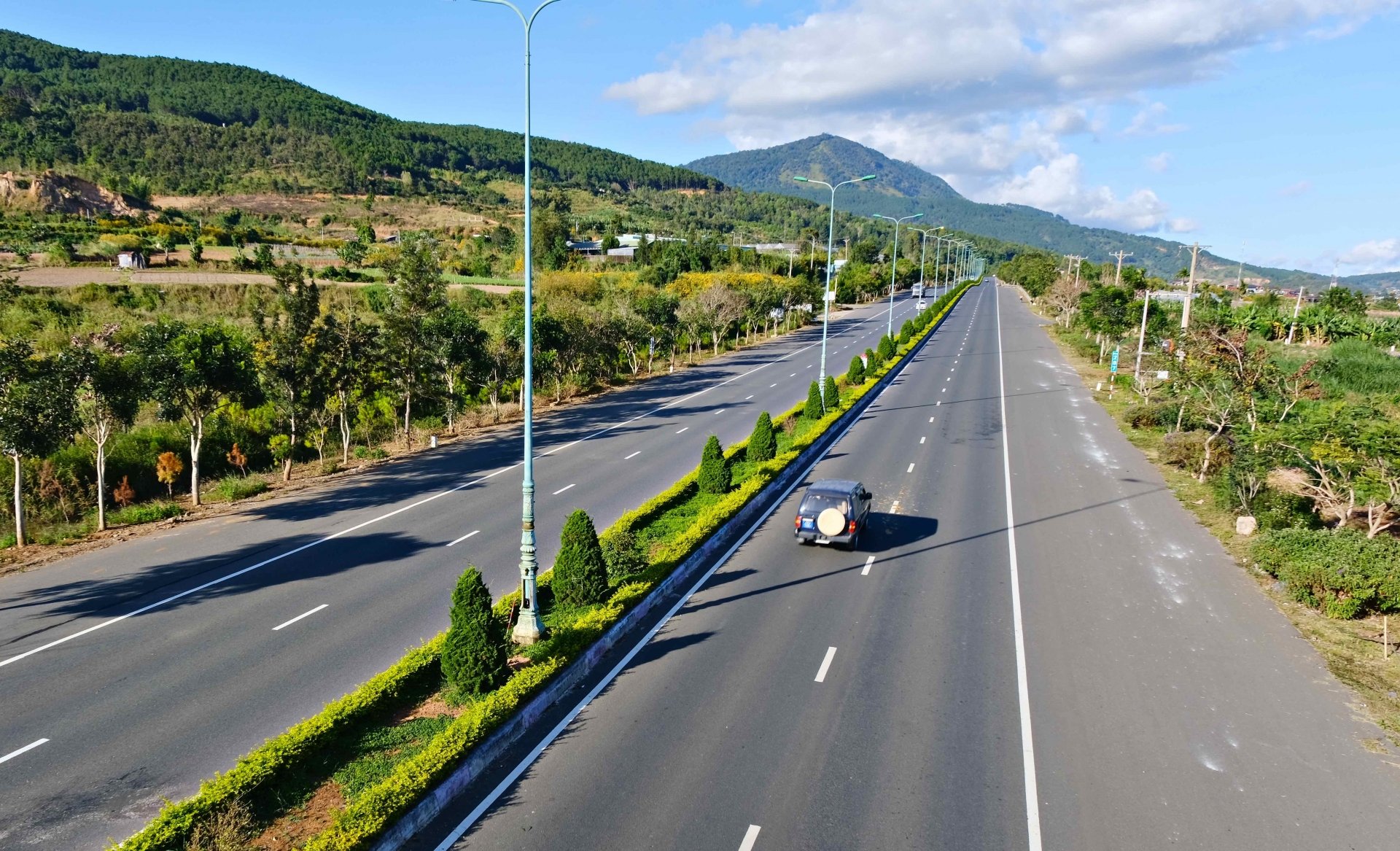 |
 |
After completion in 2028, the Nha Trang - Da Lat expressway will shorten the travel time between Nha Trang - Da Lat to about 1.5 - 2 hours, compared to about 3.5 - 4 hours as at present, creating a great driving force to attract tourists to participate in tours connecting the sea with the forest, promoting tourism development in the whole region.
In Dak Nong province, the North-South Expressway in the West, Gia Nghia (Dak Nong) - Chon Thanh (Binh Phuoc) section with a length of 124 km (the section through Binh Phuoc is 101 km long, the section through Dak Nong is about 23 km) with a total investment of about 25,540 billion VND was also started on April 28, 2025. The route is expected to connect with the economic and political centers of the region, creating new development space and momentum, exploiting land use potential, developing tourism, processing industry, mineral exploitation industry, etc.
 |
| With expanded administrative boundaries, being the largest province in the country after its establishment, the new Lam Dong province has almost all types of transportation to create momentum for socio-economic development in the future. |
Need special mechanism for development According to Chairman of Lam Dong Provincial People's Committee Tran Hong Thai, immediately after the arrangement of provincial administrative units, the new Lam Dong province will propose to the Government to have specific mechanisms and policies to support socio-economic development for special provinces such as Lam Dong (large area, high proportion of ethnic minorities, limited budget contribution but with potential for arable land resources, large mineral reserves...). Specifically, there is a policy and financial mechanism that allows the province to retain at least 50% of revenue from mineral and energy resources to reinvest in infrastructure. Thereby, creating leverage for Lam Dong province to develop strongly, promote all internal resources to effectively contribute to the state budget and rise to become a fairly developed province in the country. |
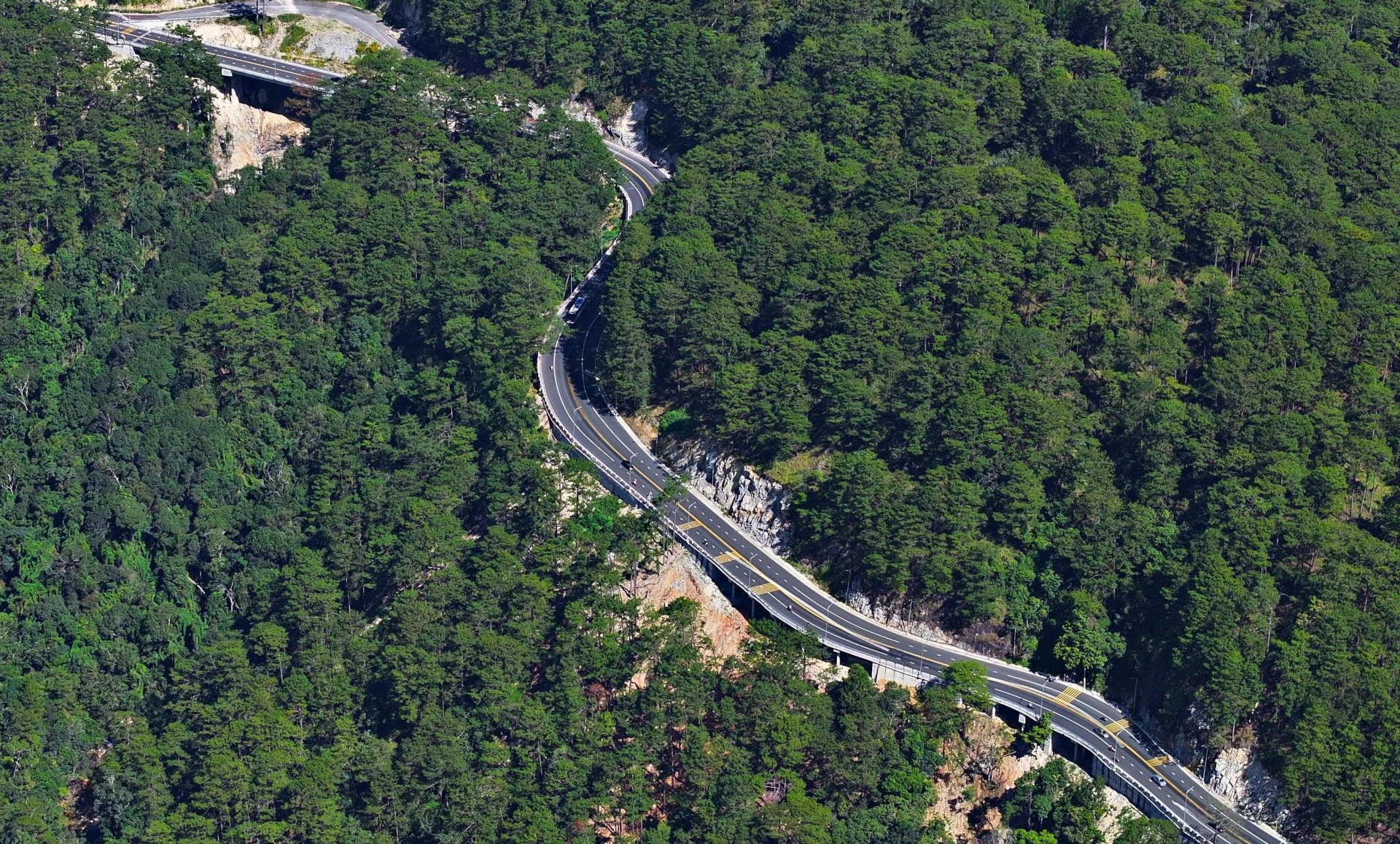 |
 |
| After the merger, Lam Dong province has a diverse transport infrastructure with sea routes, railways, airlines, highways... conveniently connecting with dynamic economic regions domestically and internationally. |
Source: https://baolamdong.vn/emagazine/202506/toan-canh-giao-thong-ket-noi-cua-tinh-lam-dong-sau-sap-nhap-5097bd8/



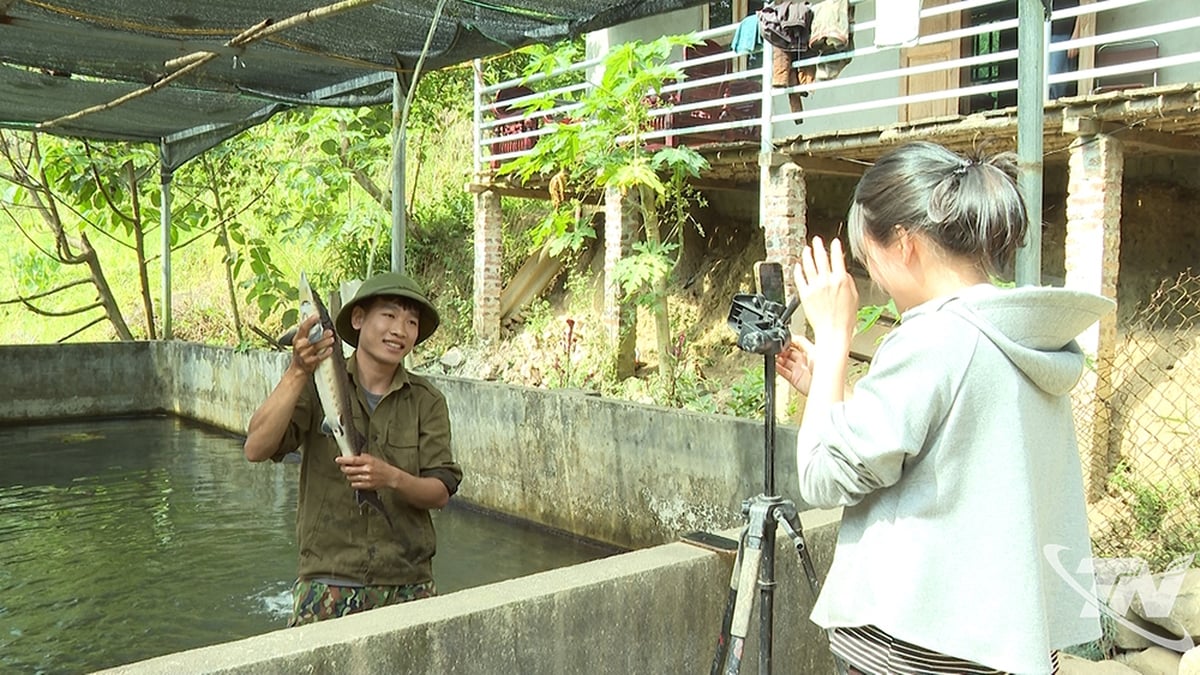
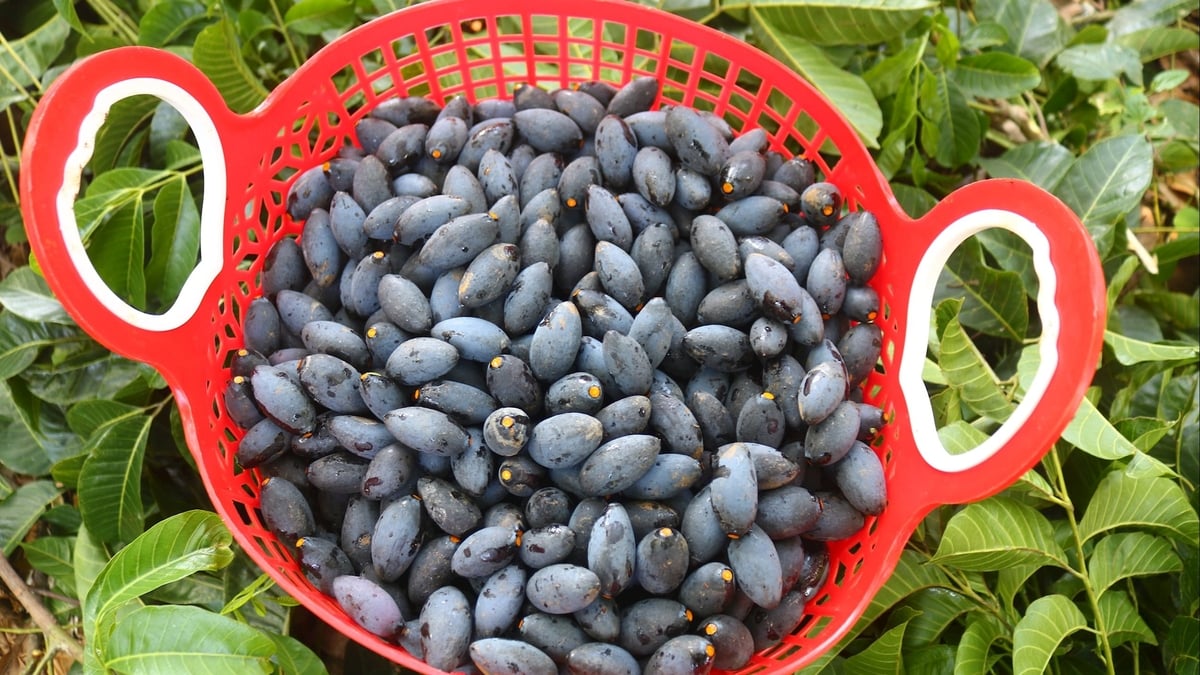

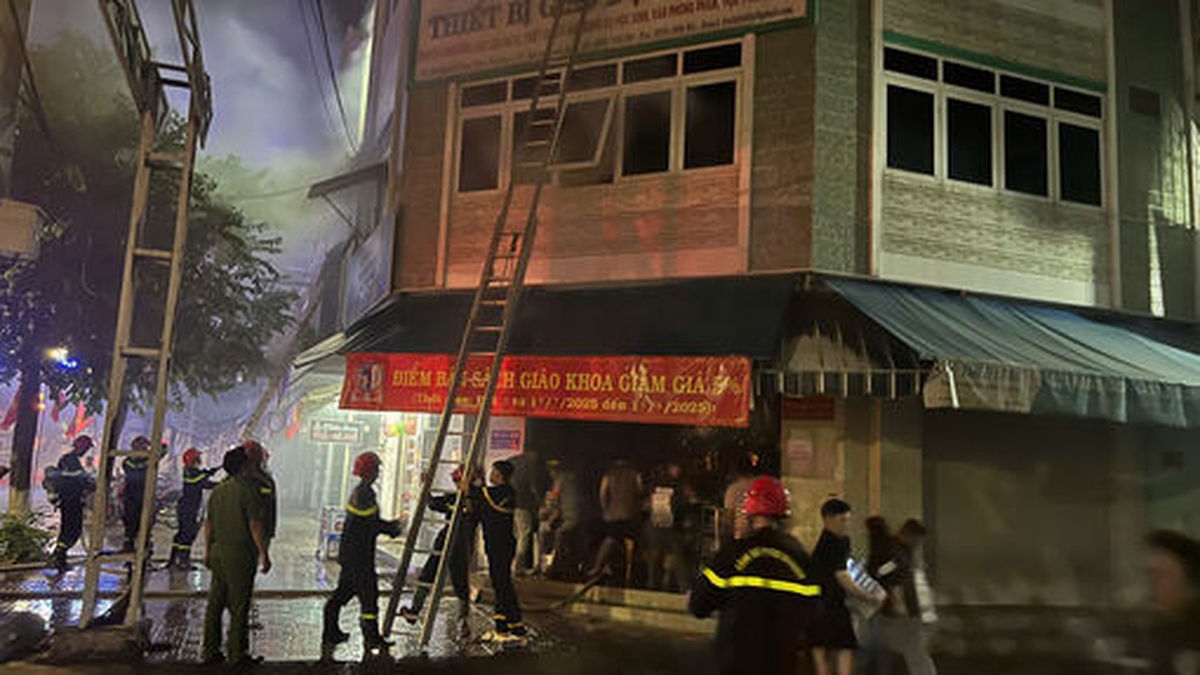






















![[Photo] Nghe An: Provincial Road 543D seriously eroded due to floods](https://vphoto.vietnam.vn/thumb/1200x675/vietnam/resource/IMAGE/2025/8/5/5759d3837c26428799f6d929fa274493)


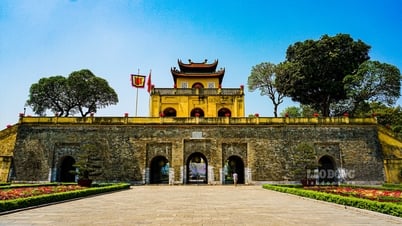

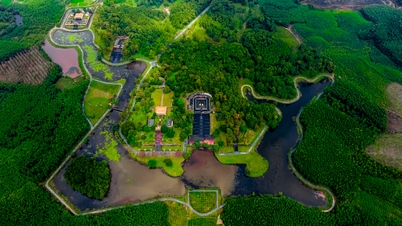



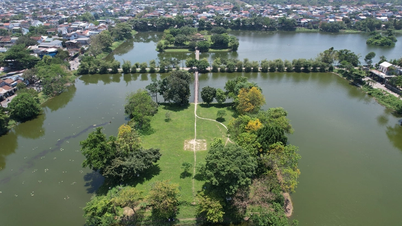
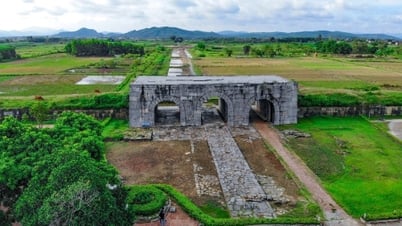

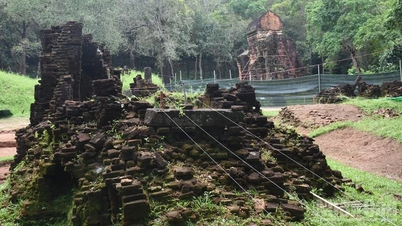



















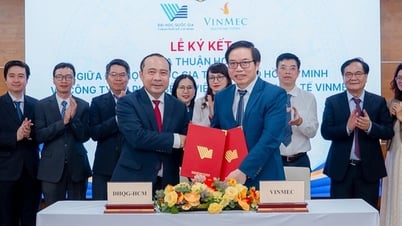











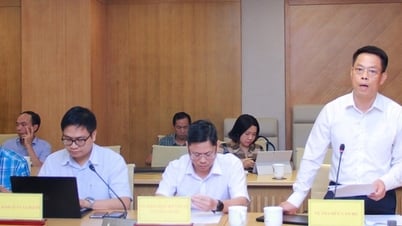





























Comment (0)